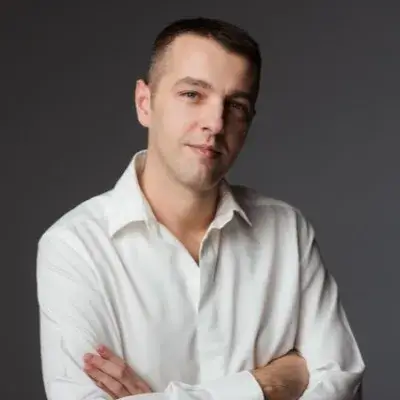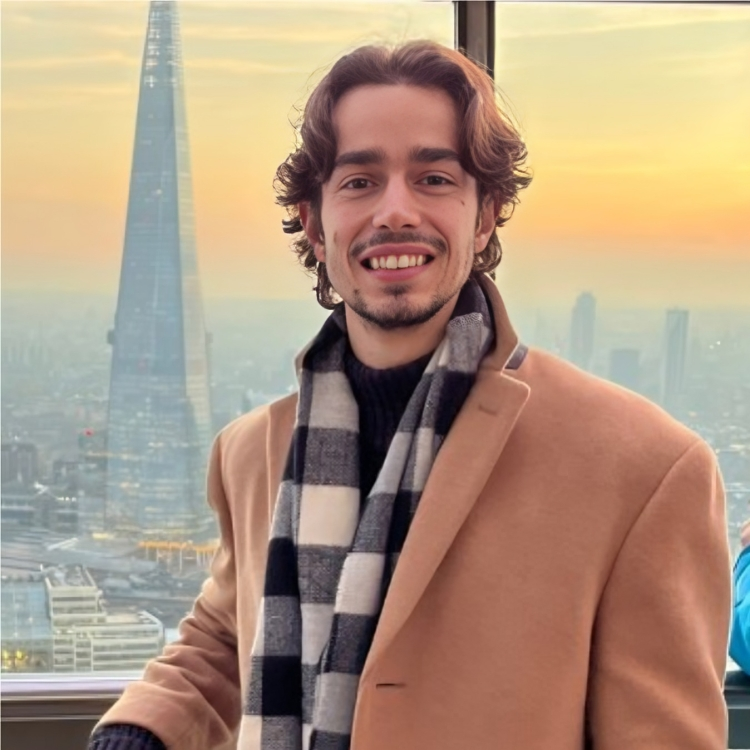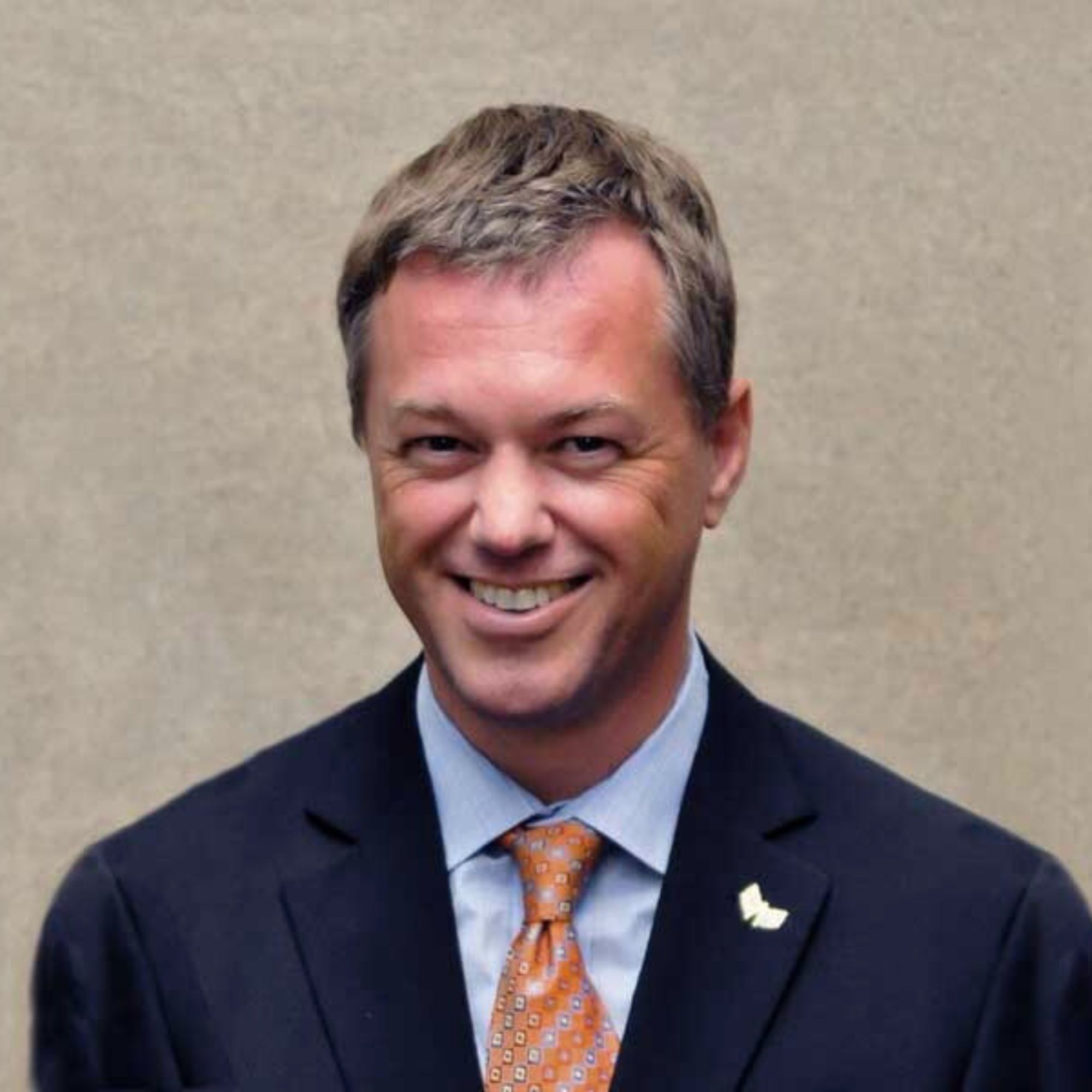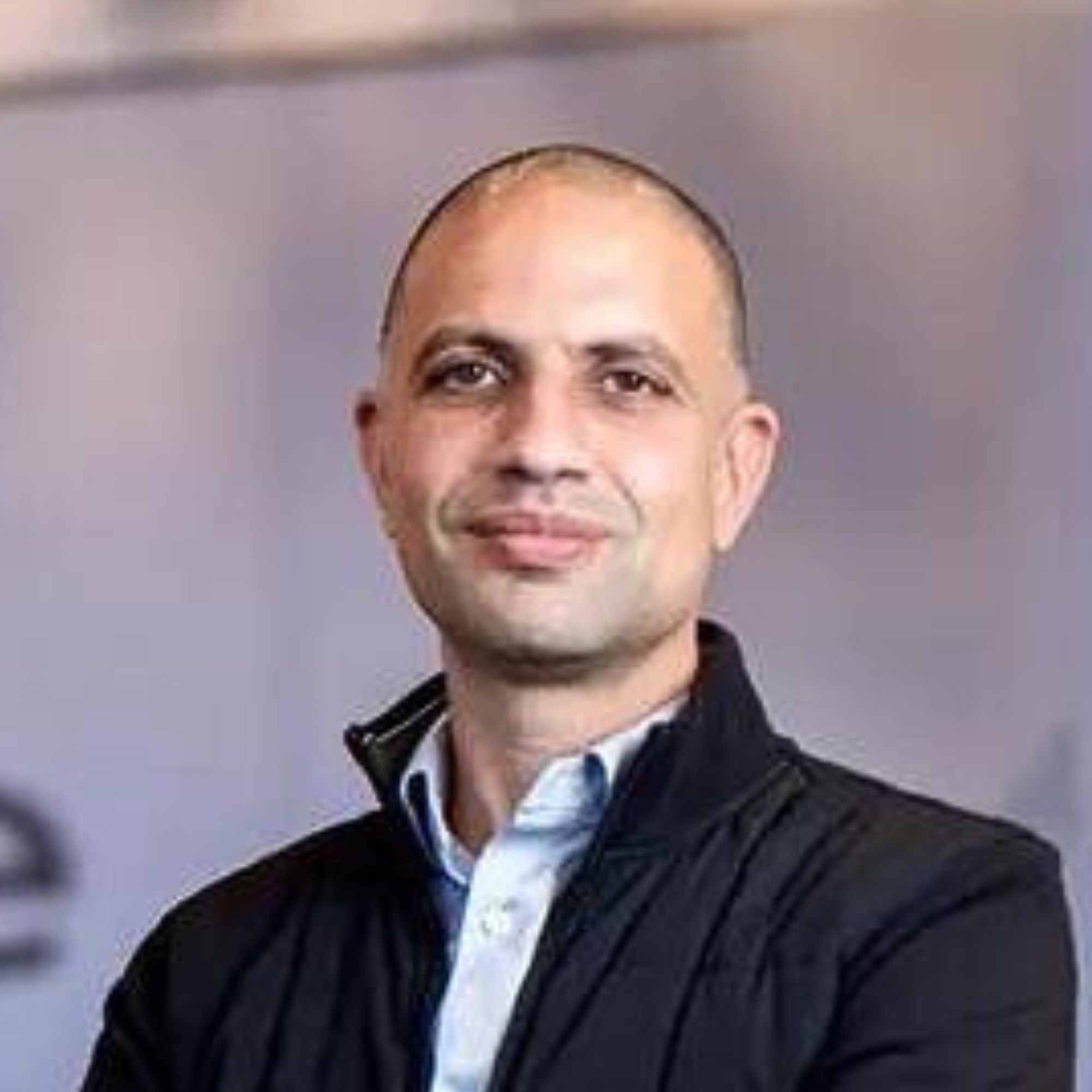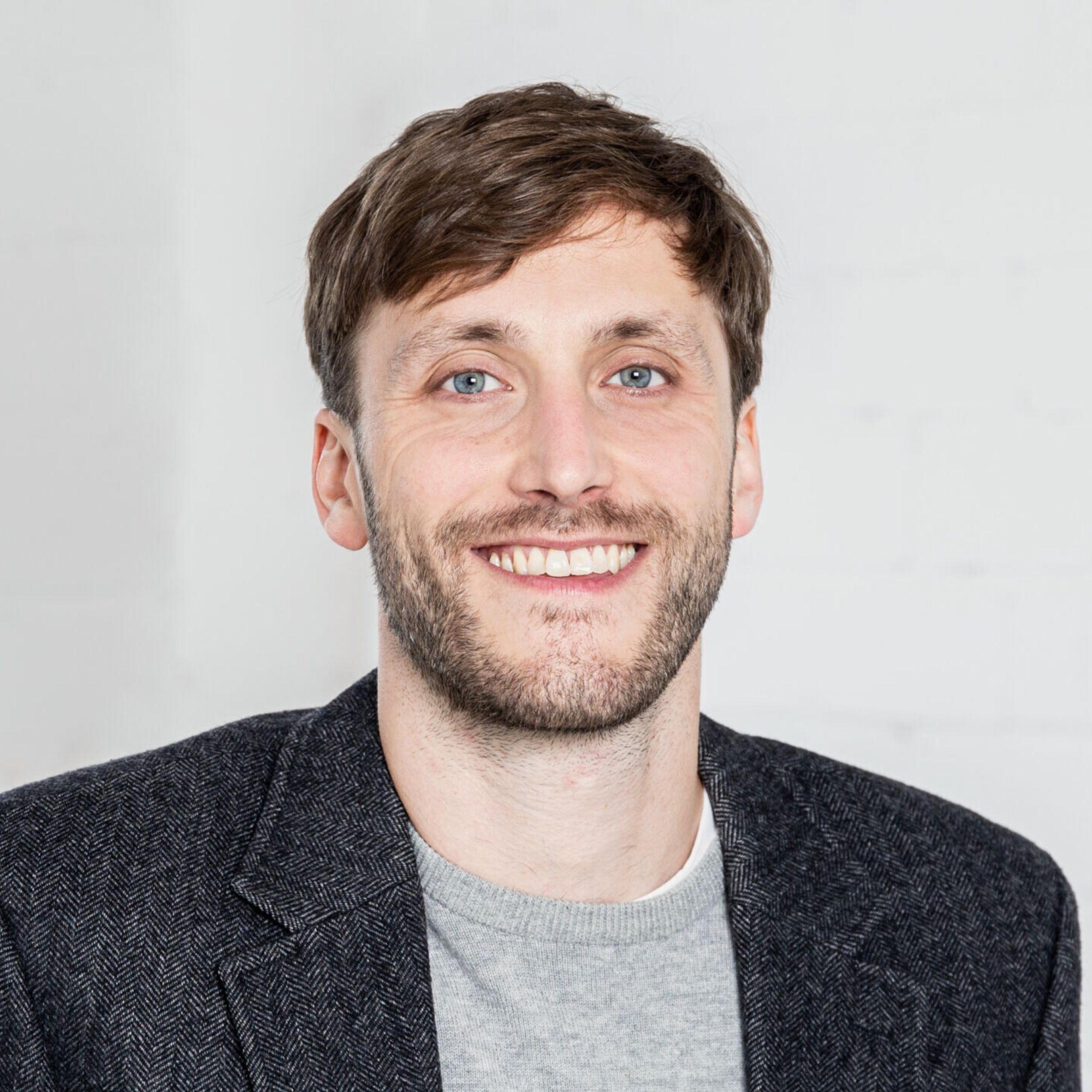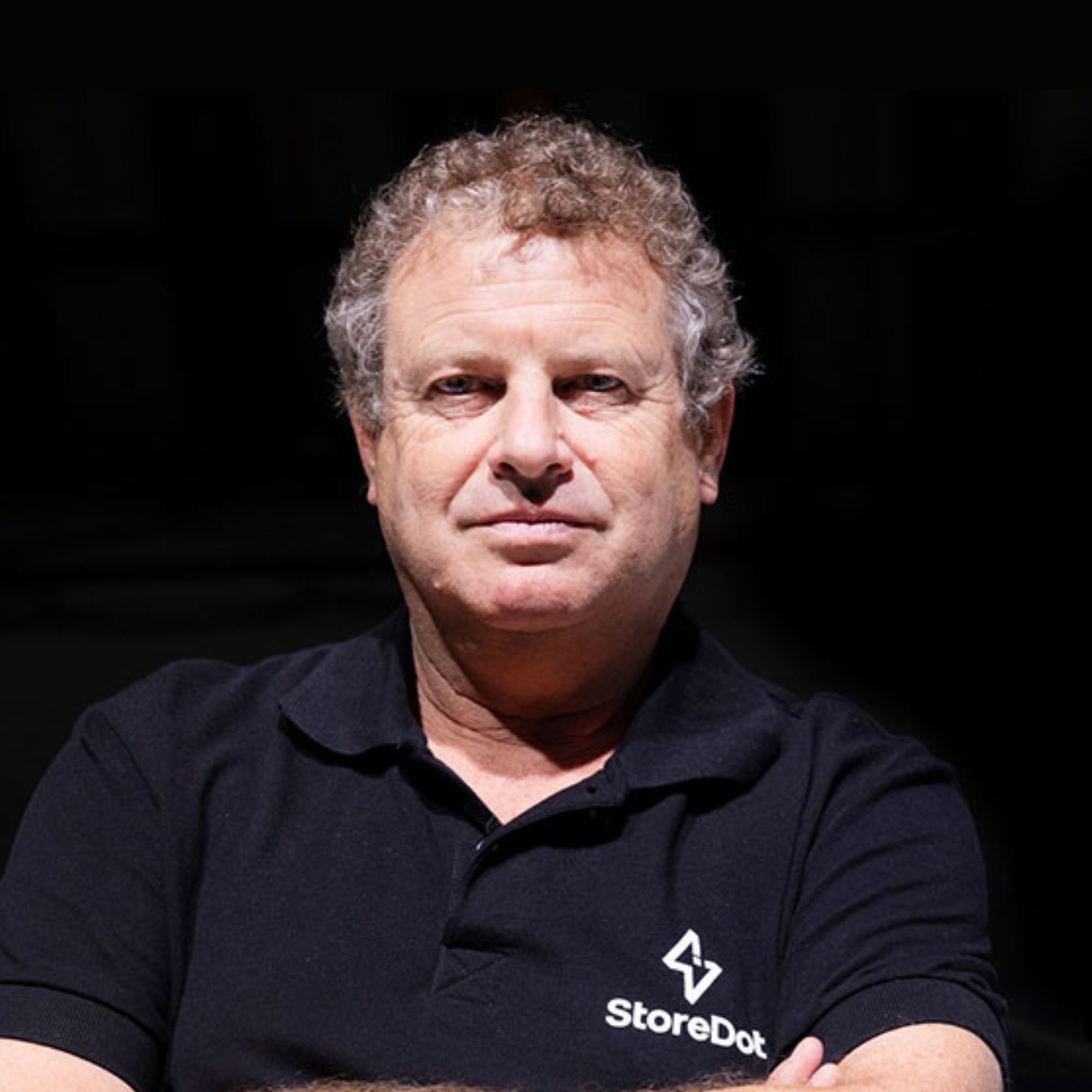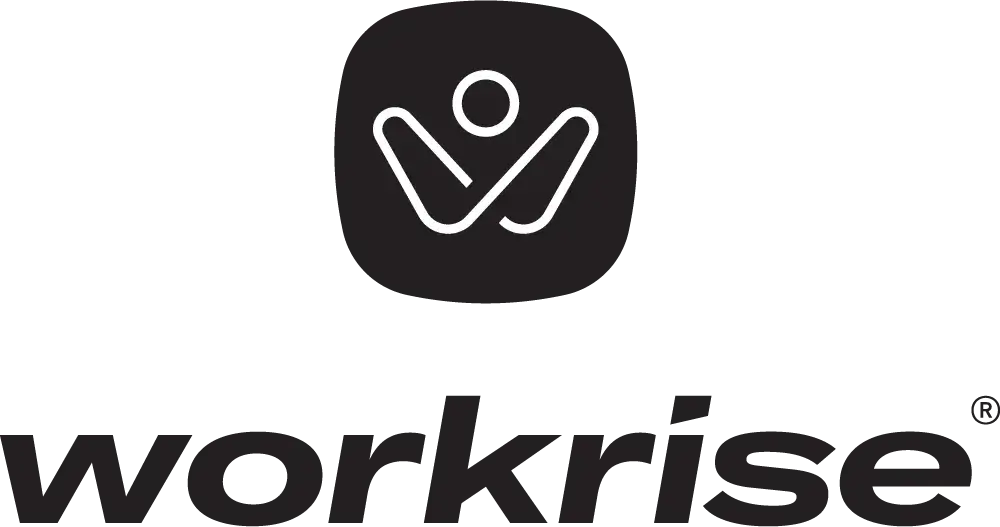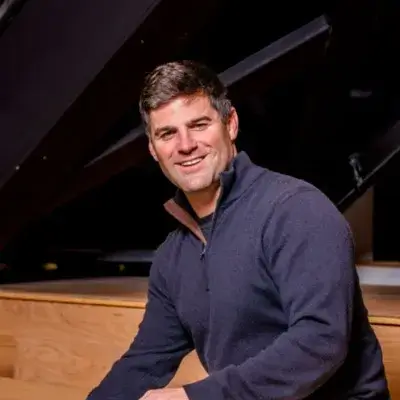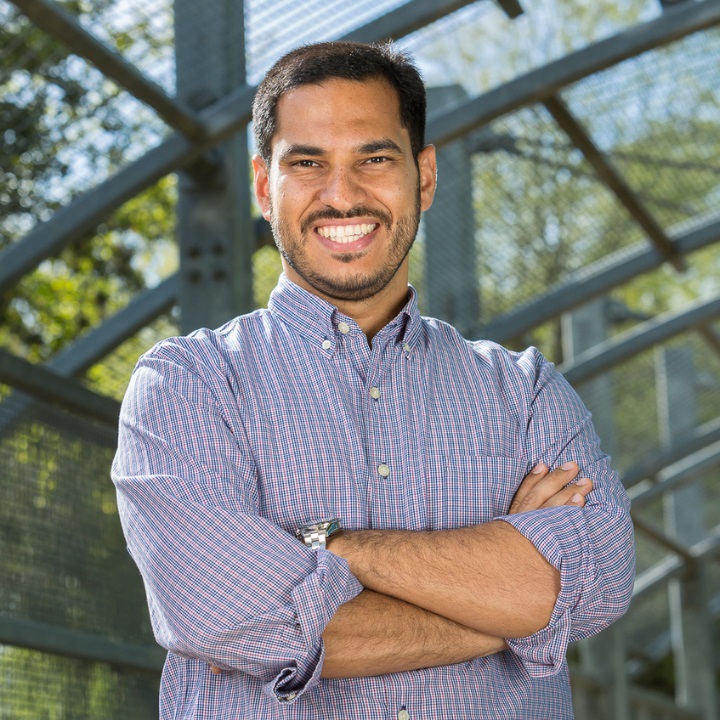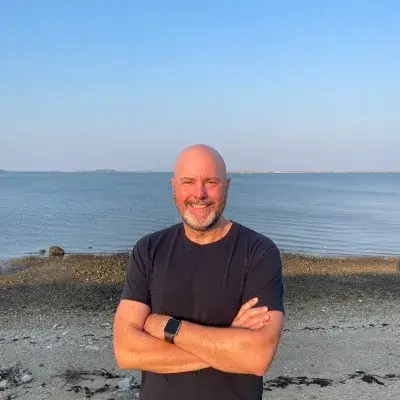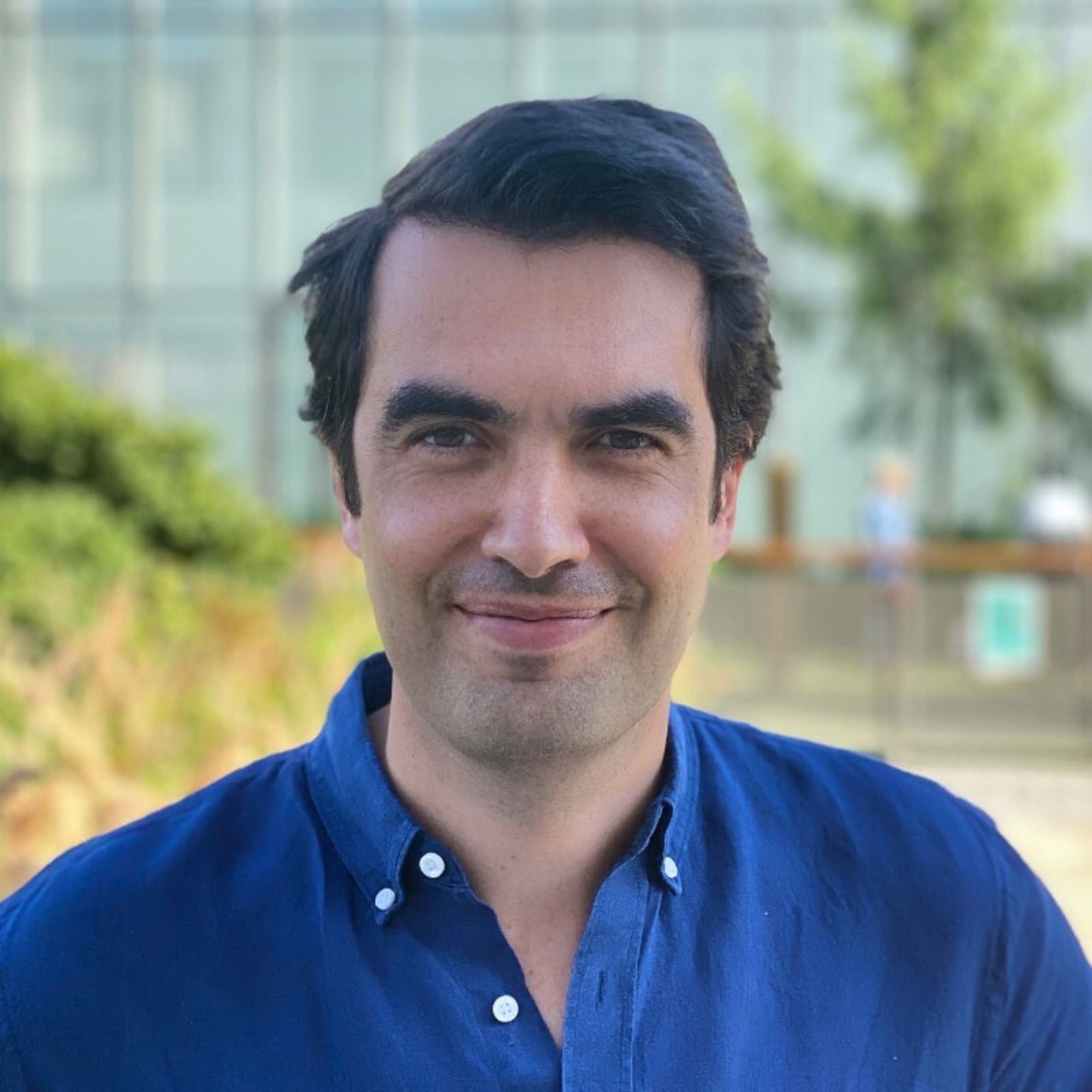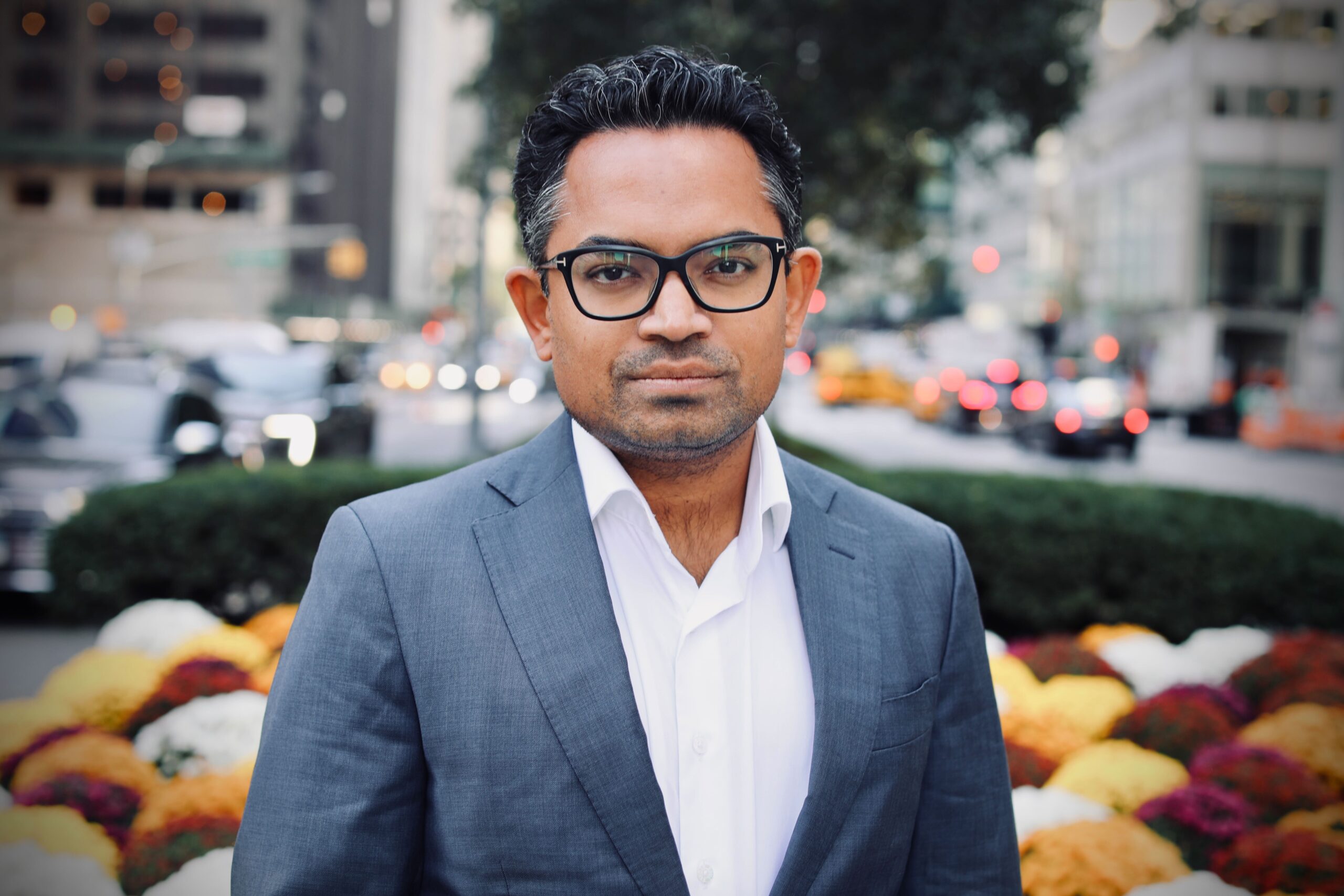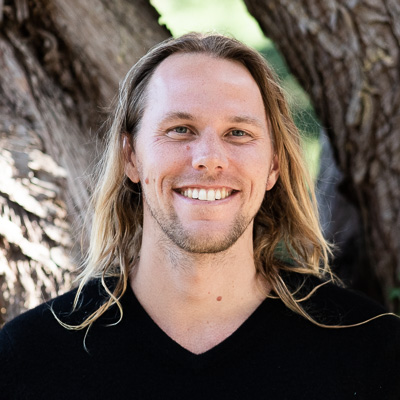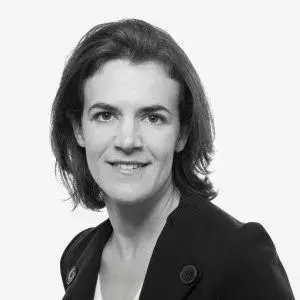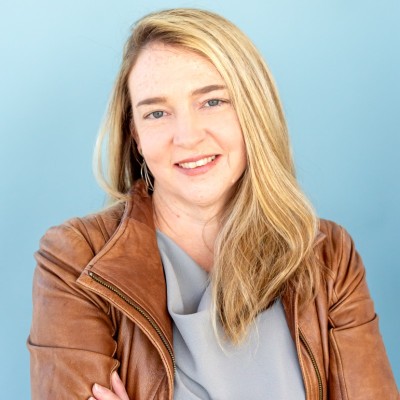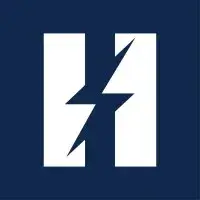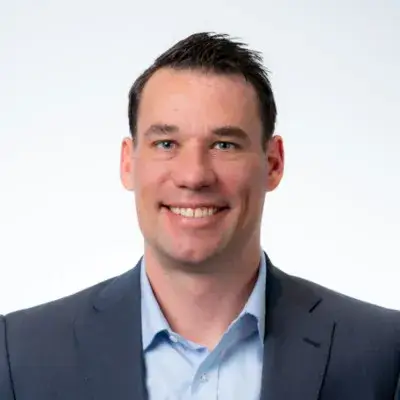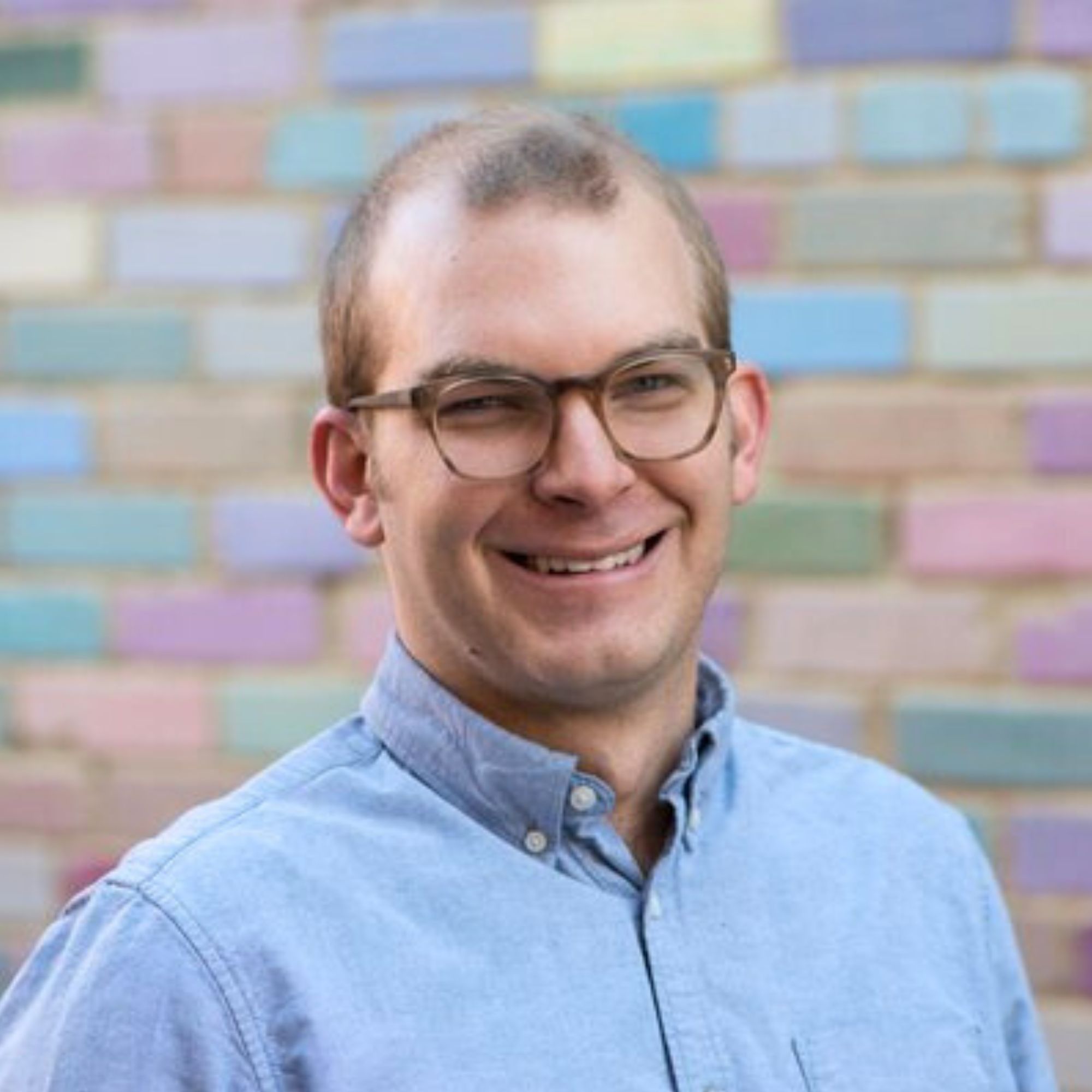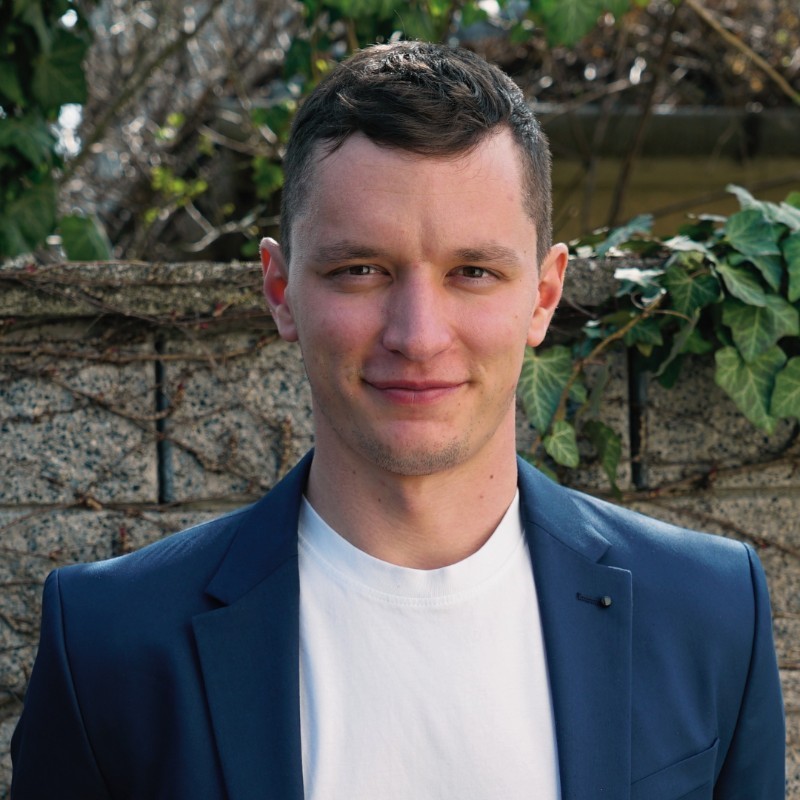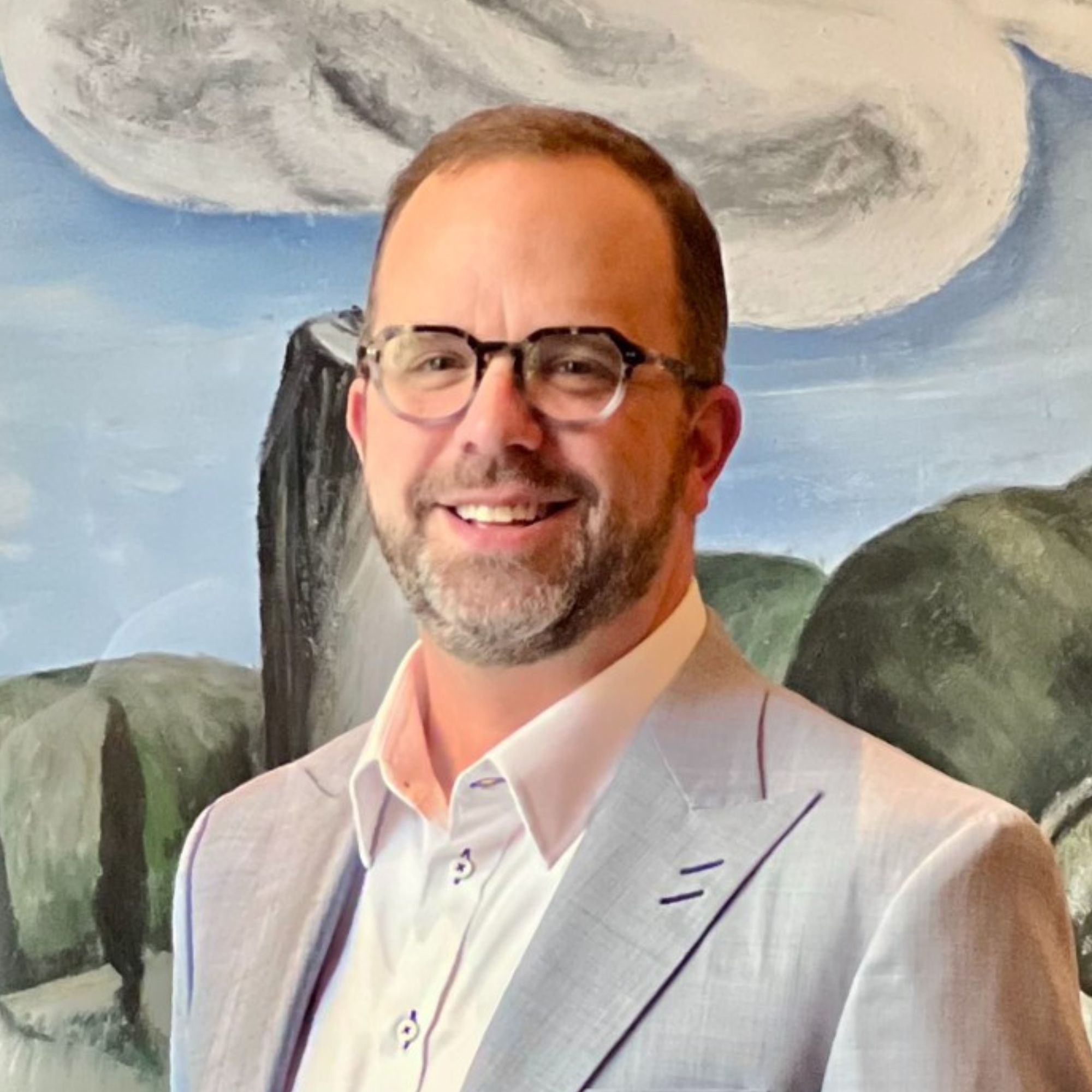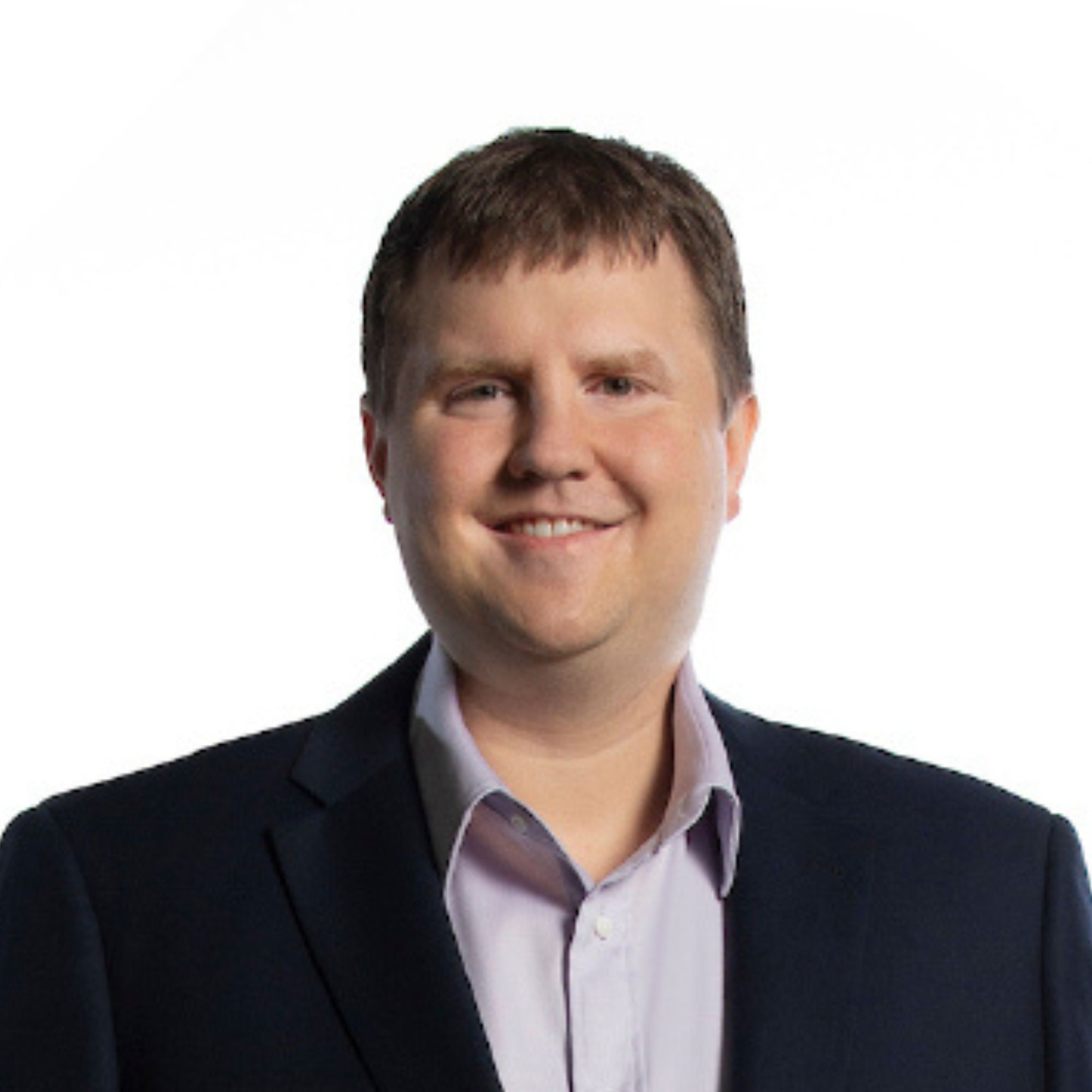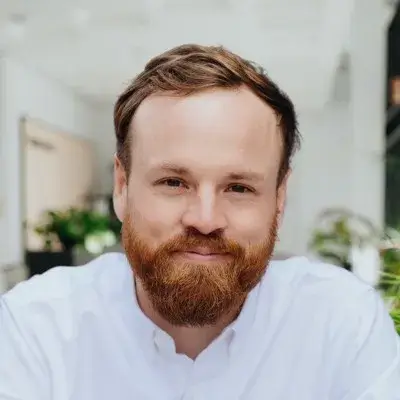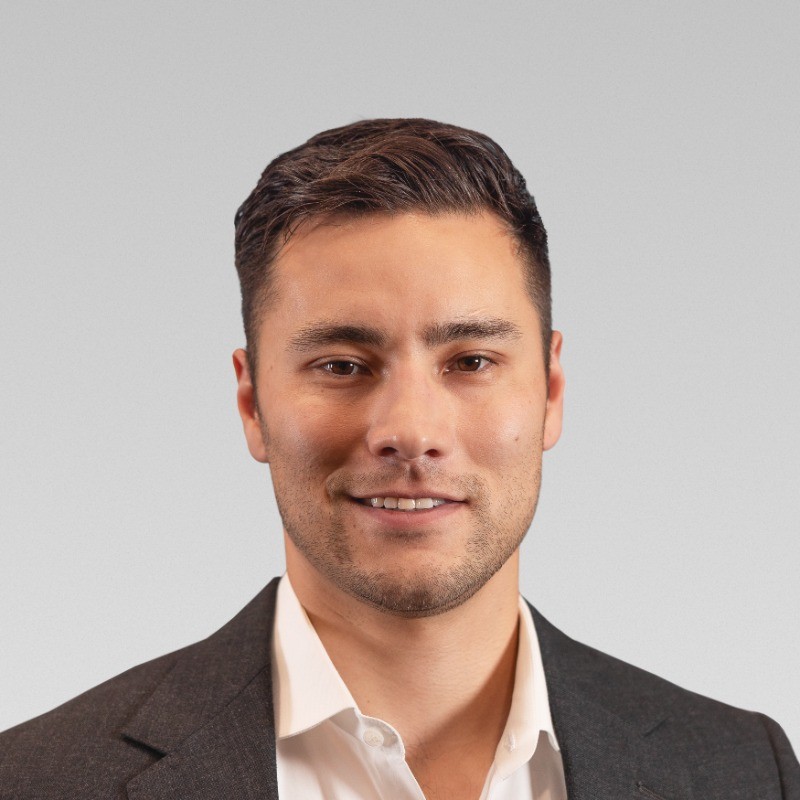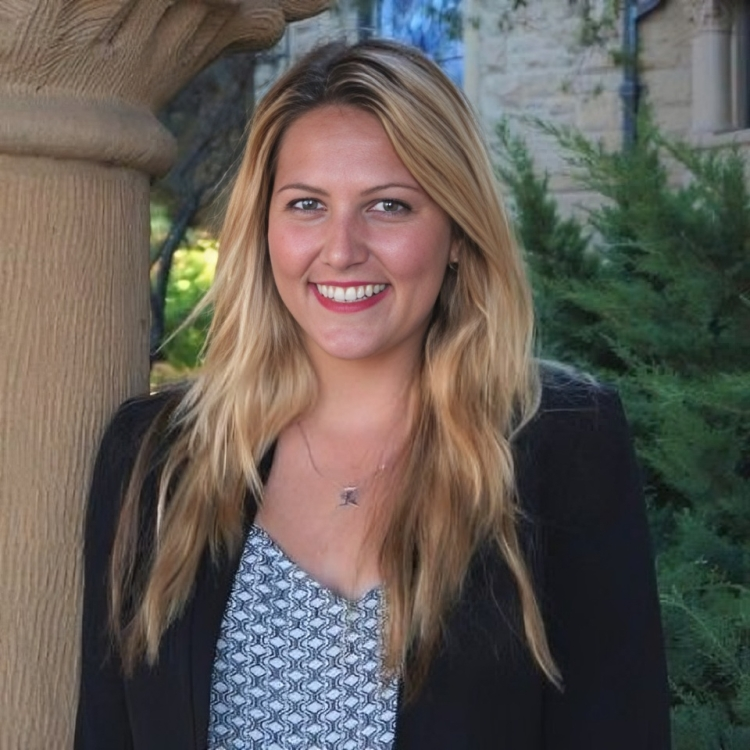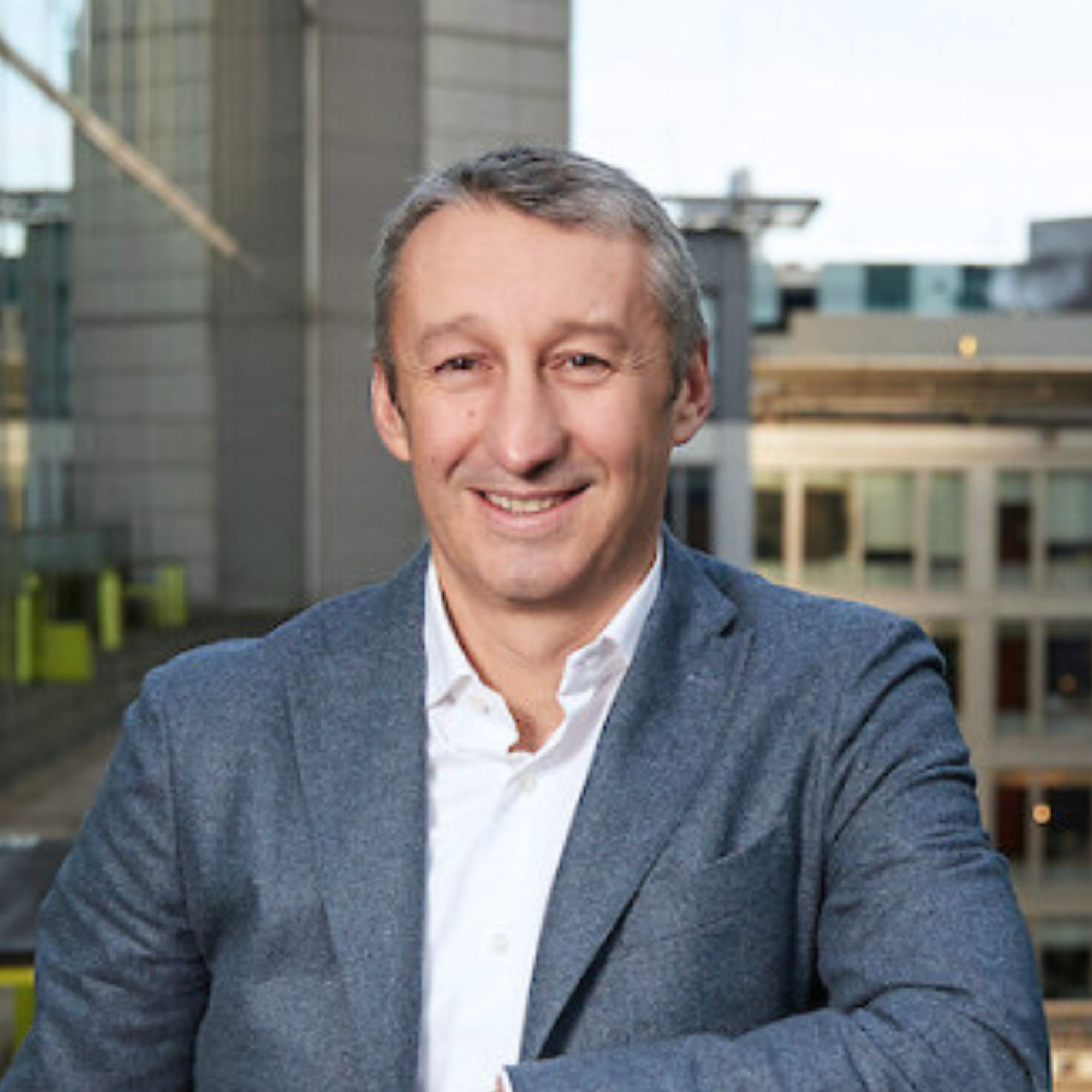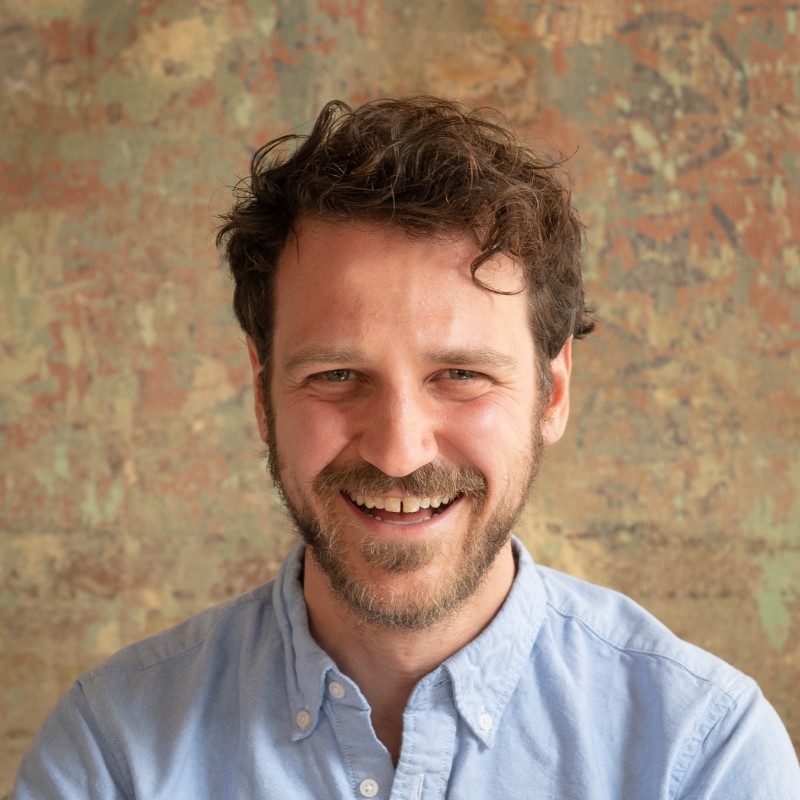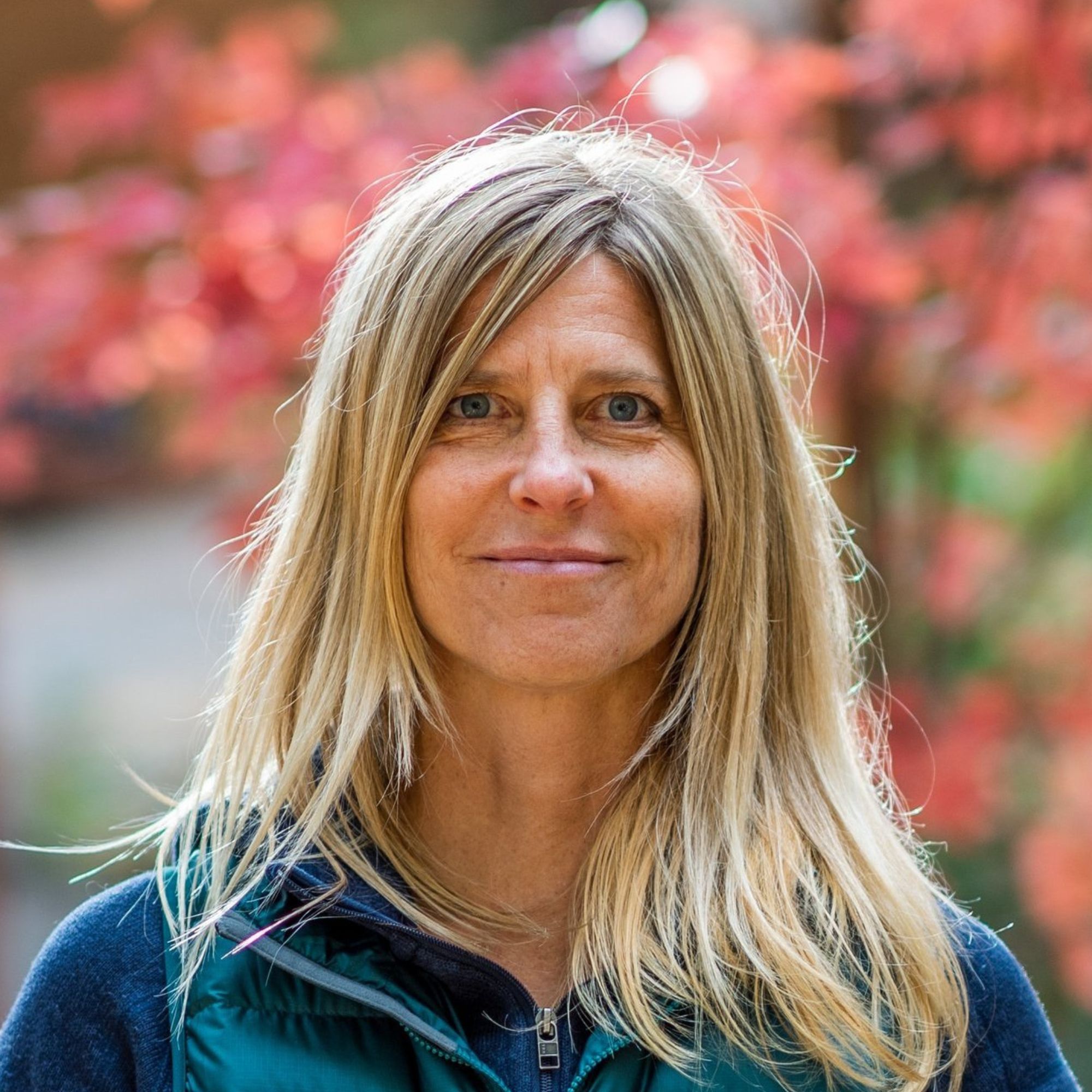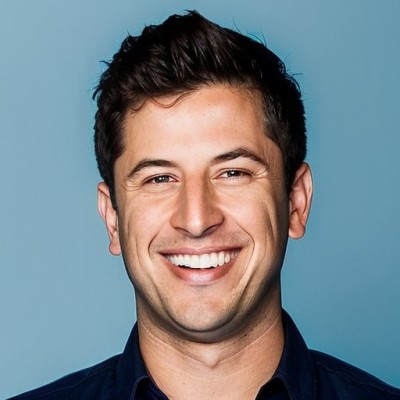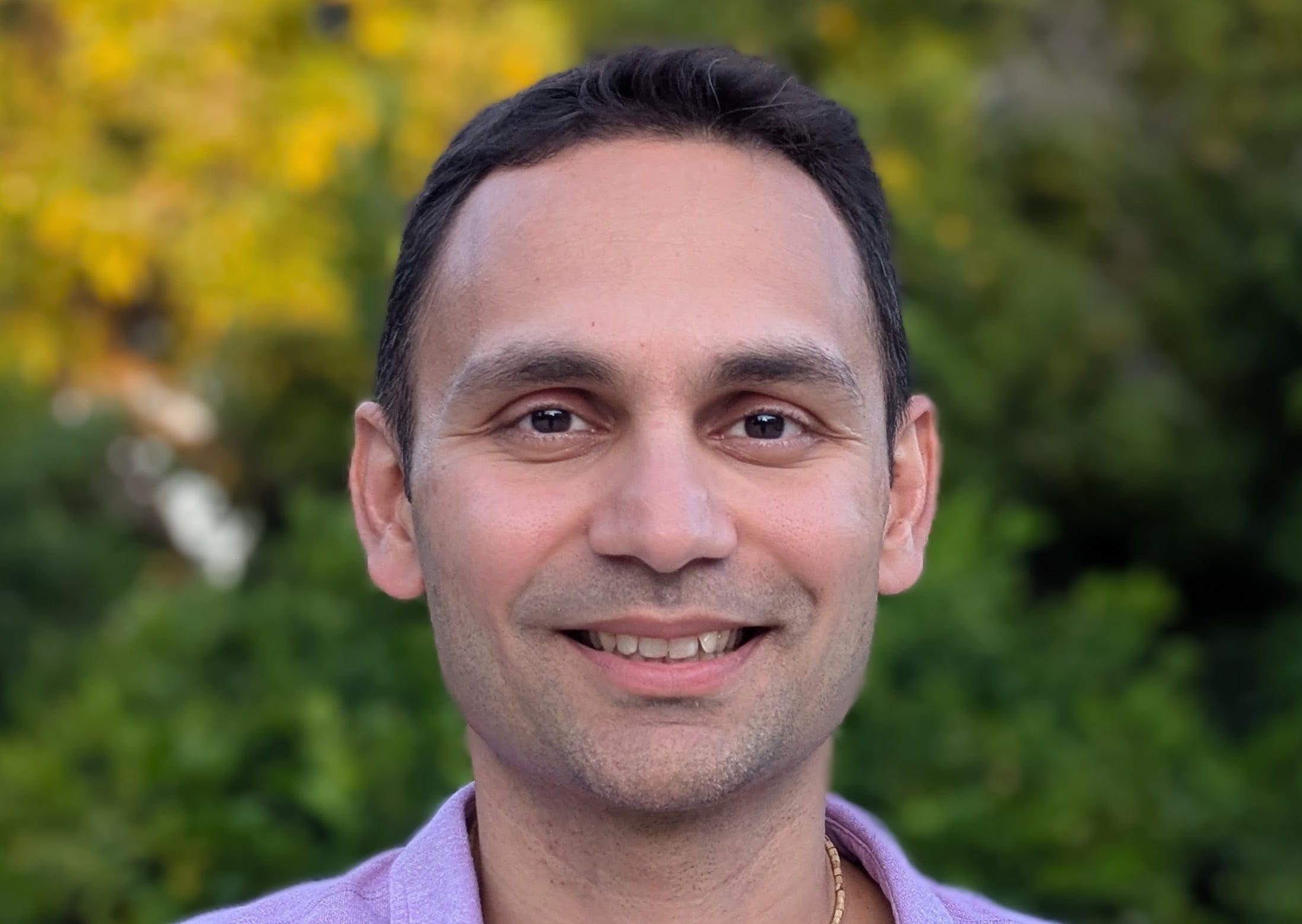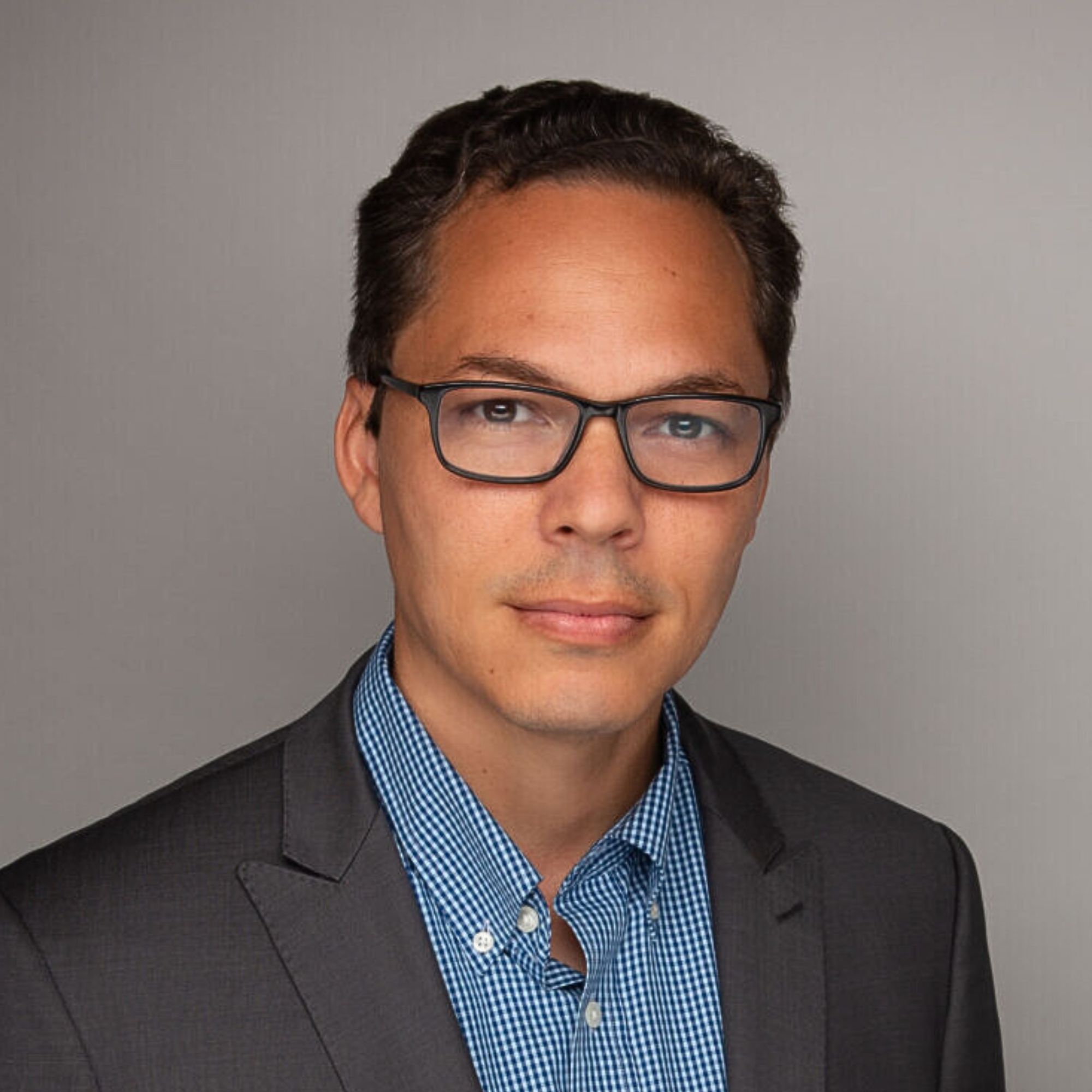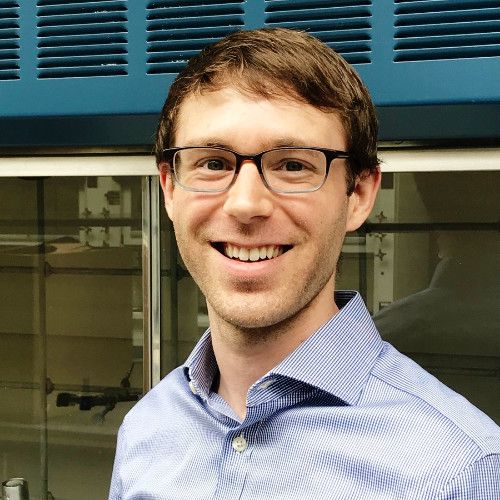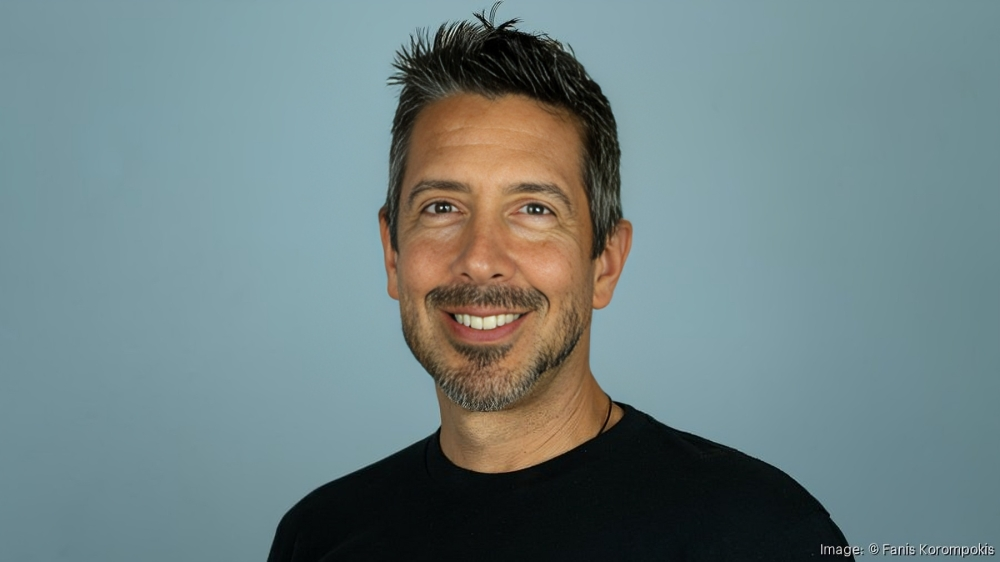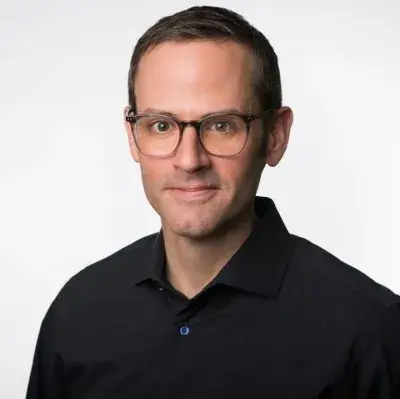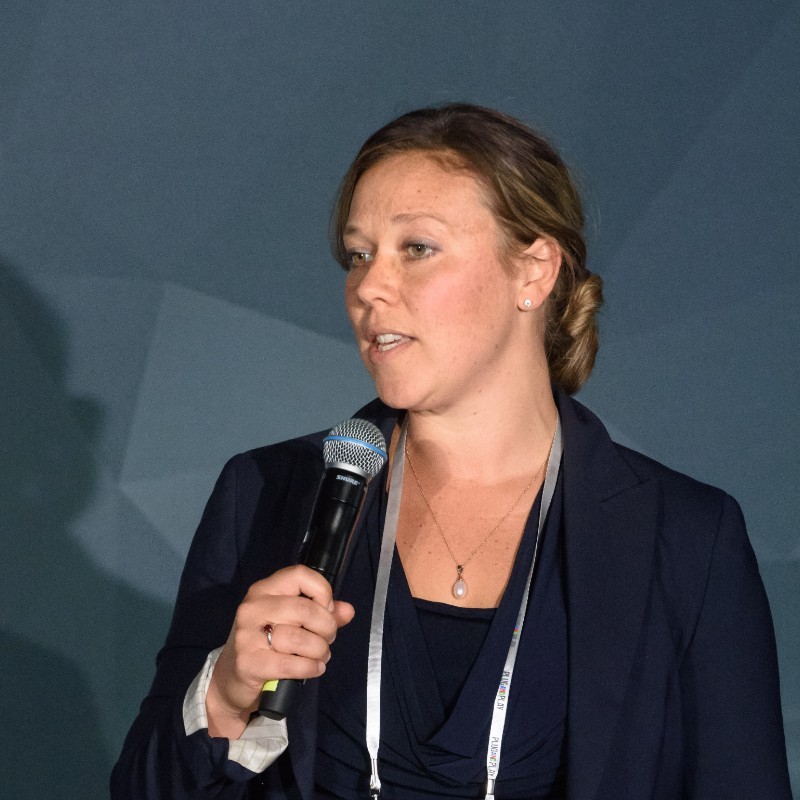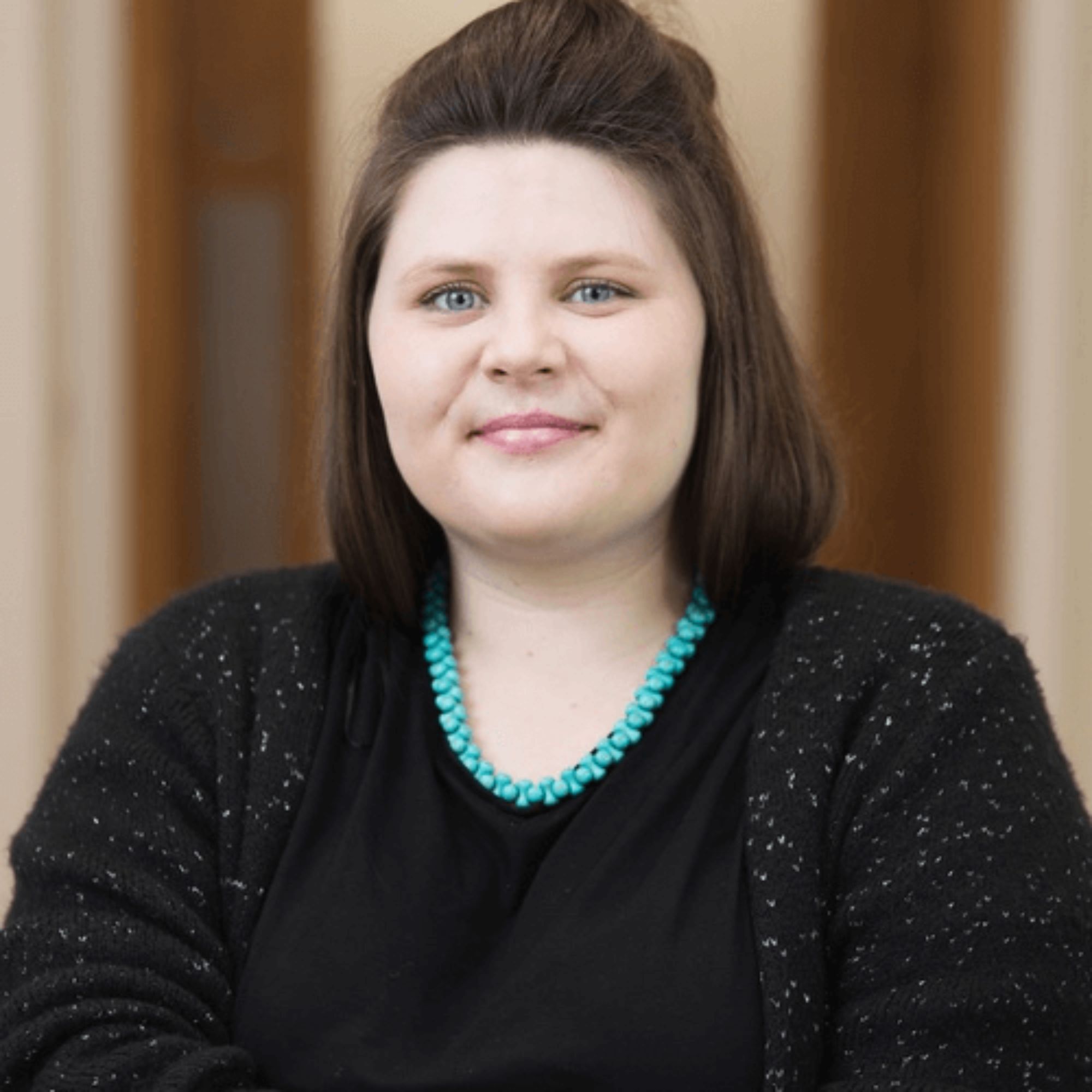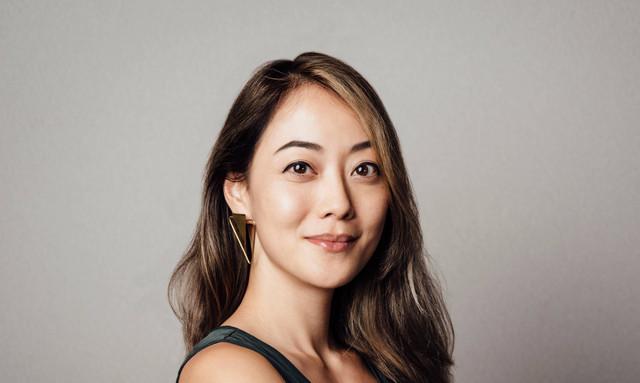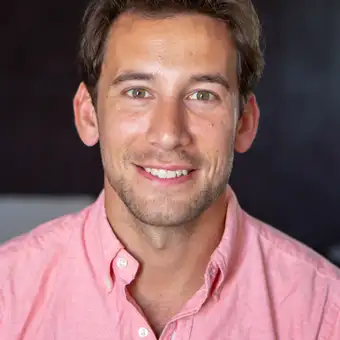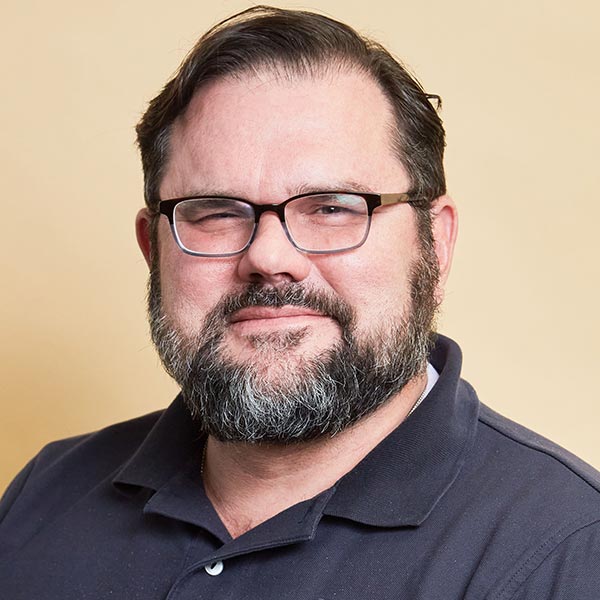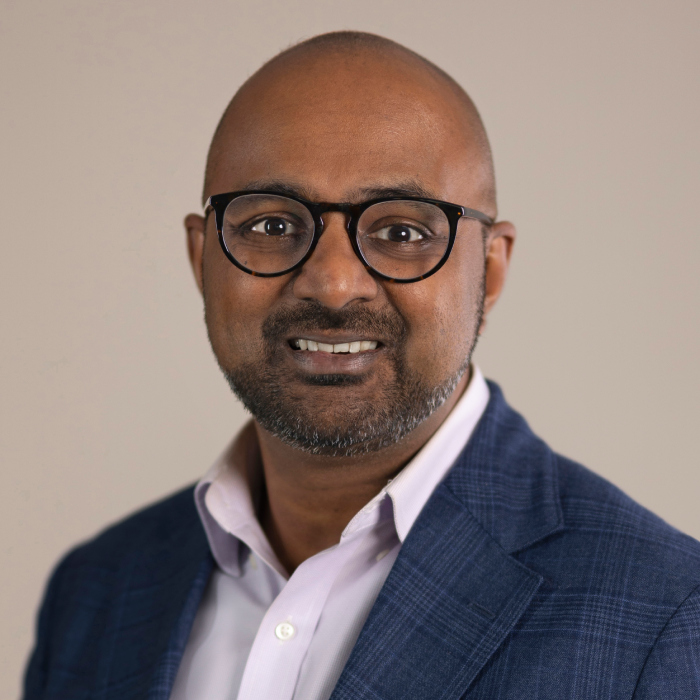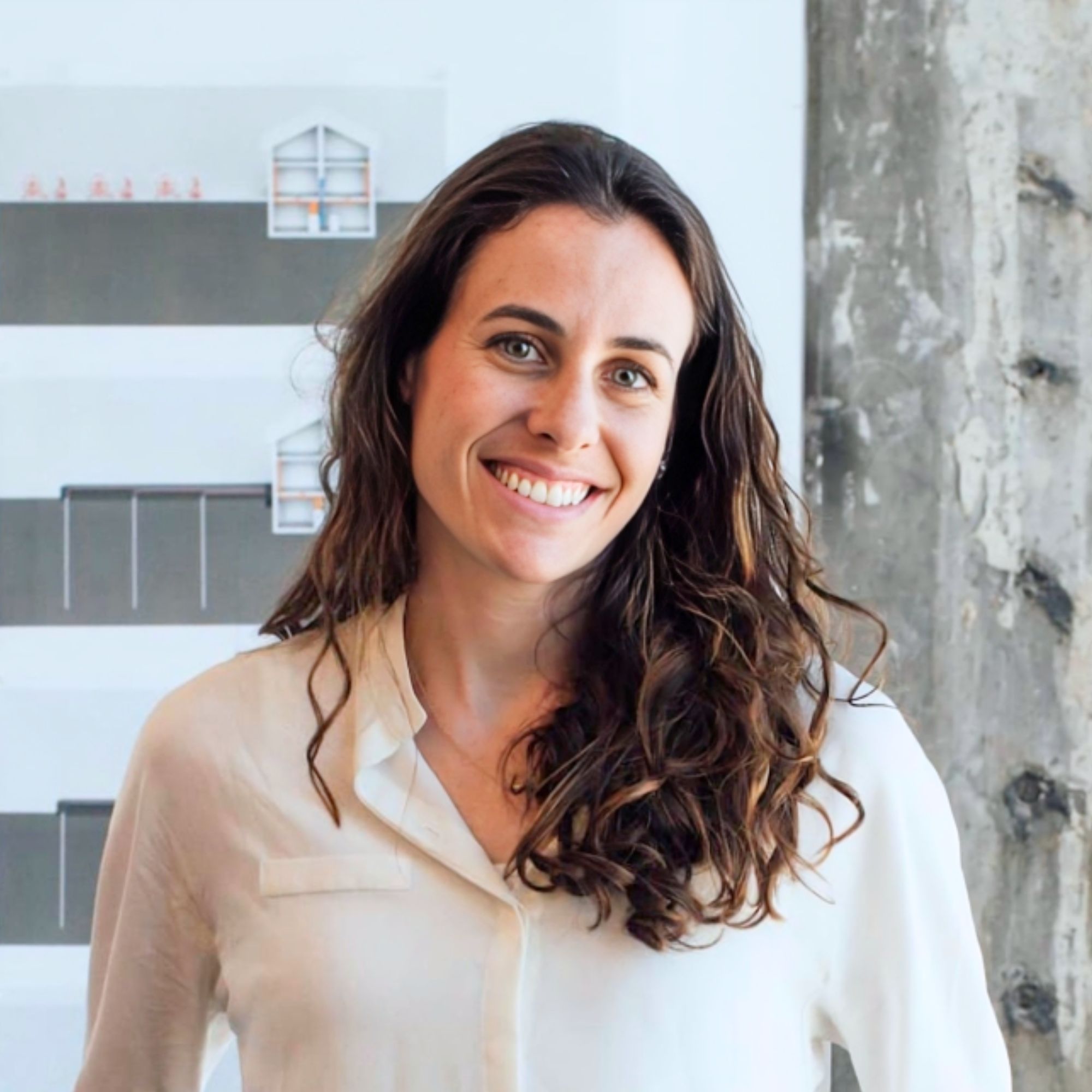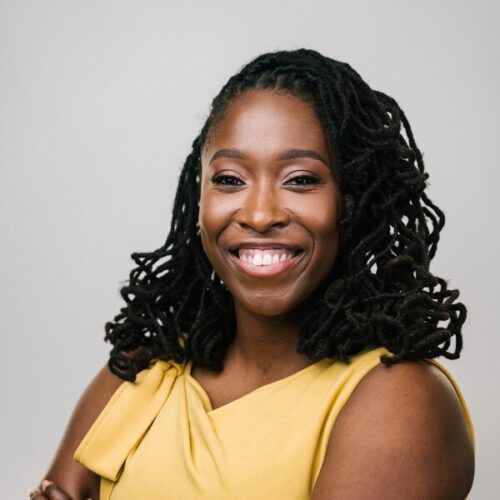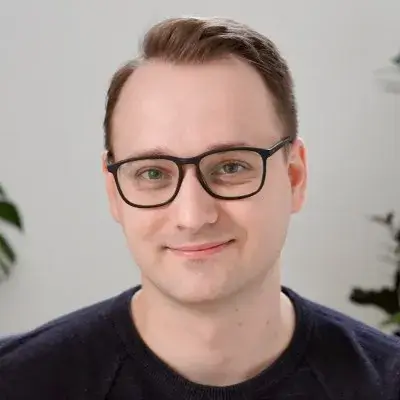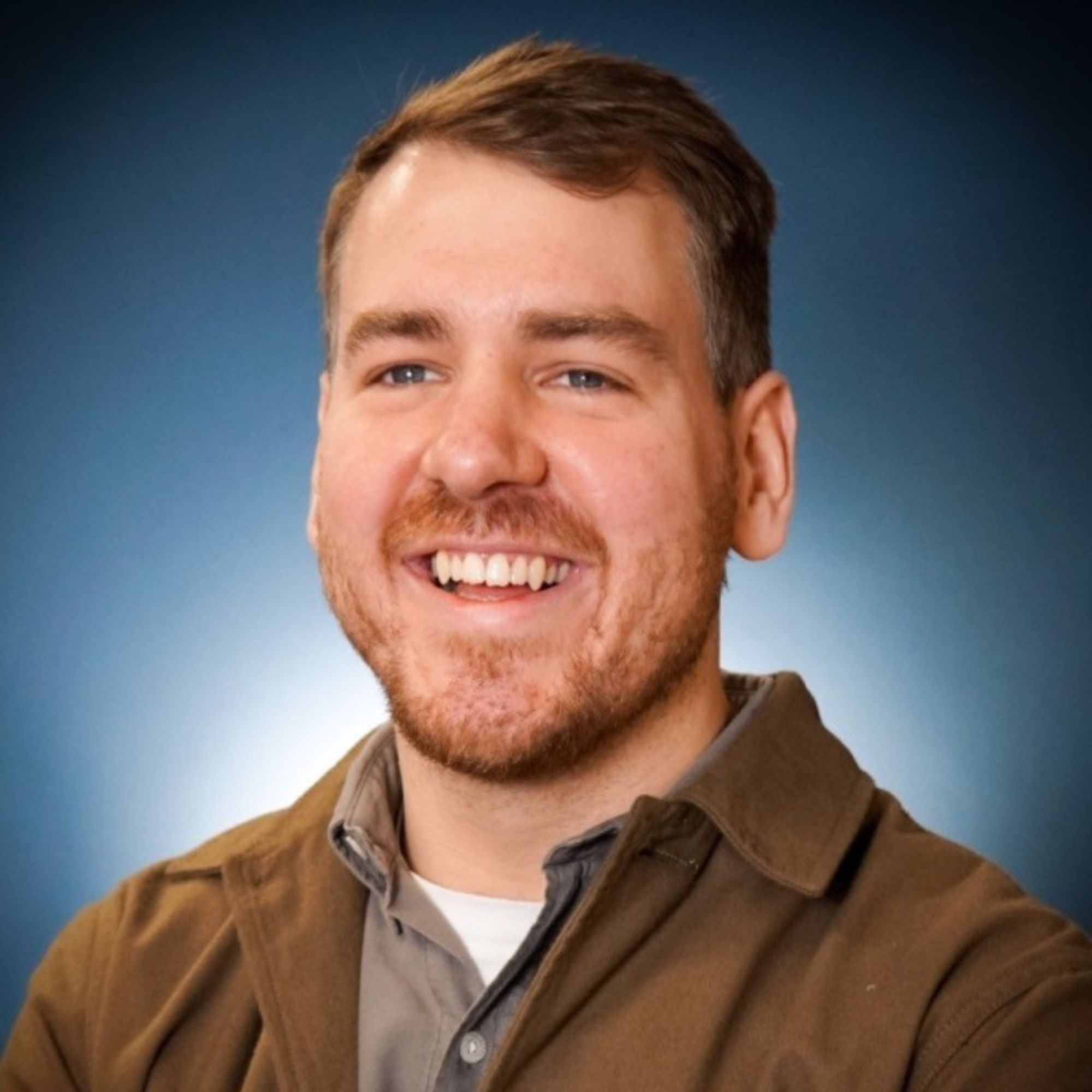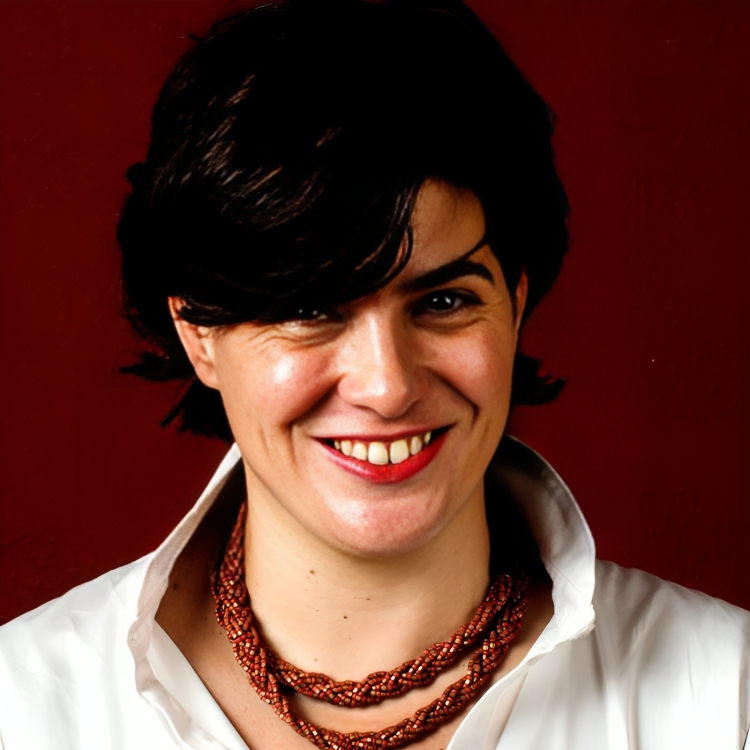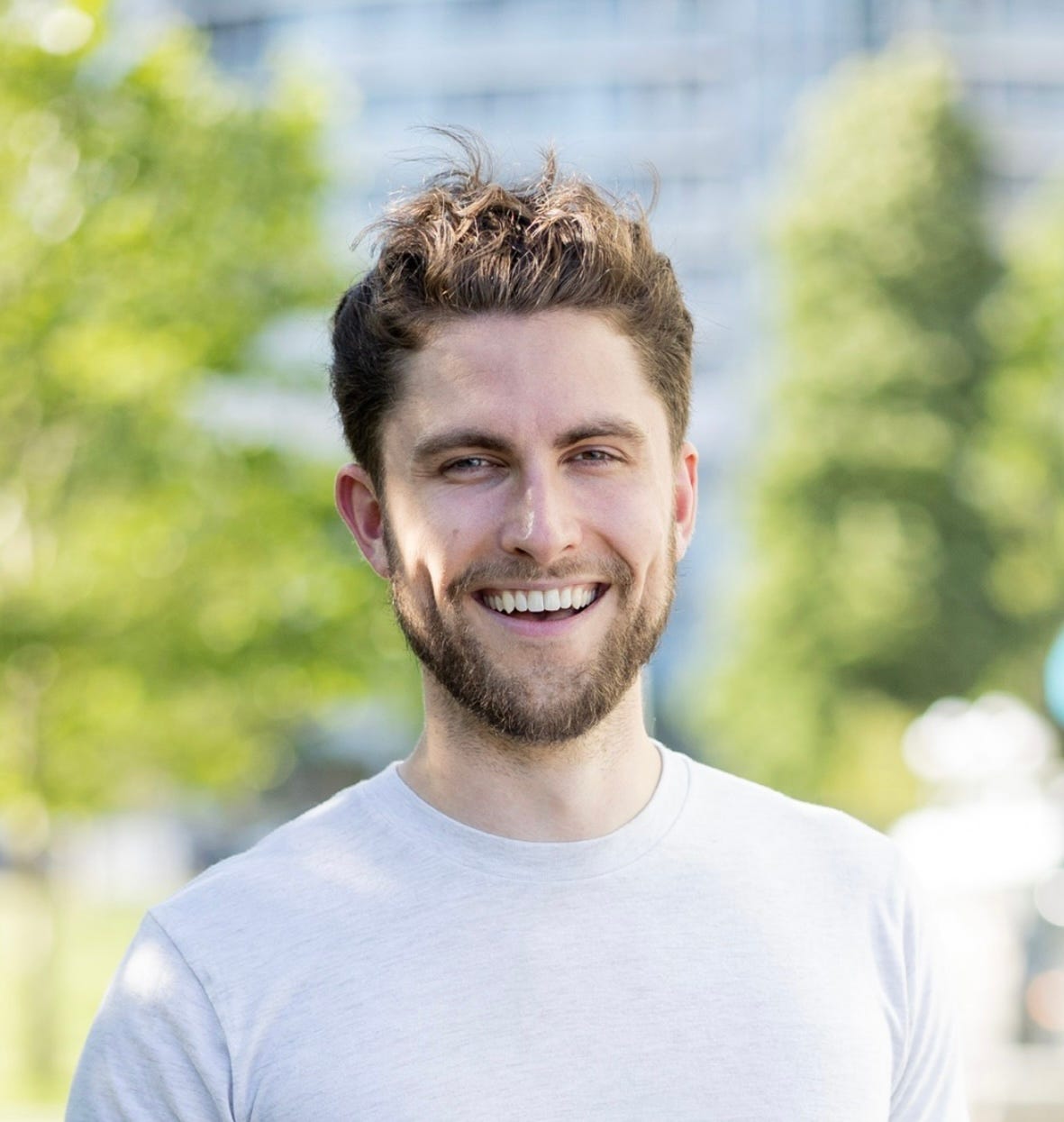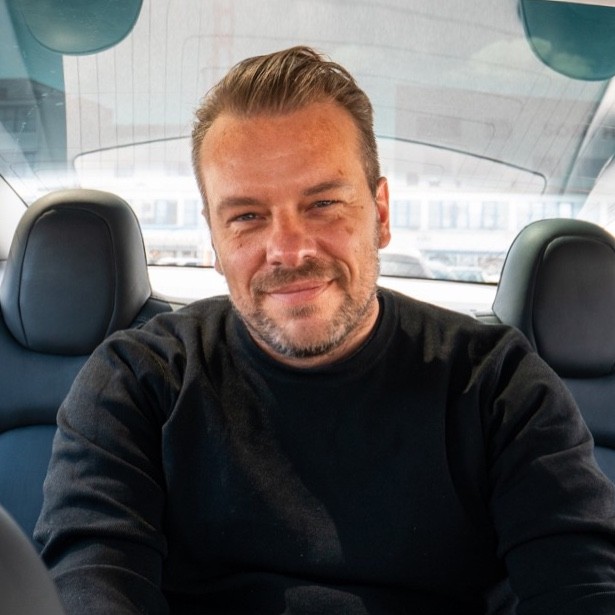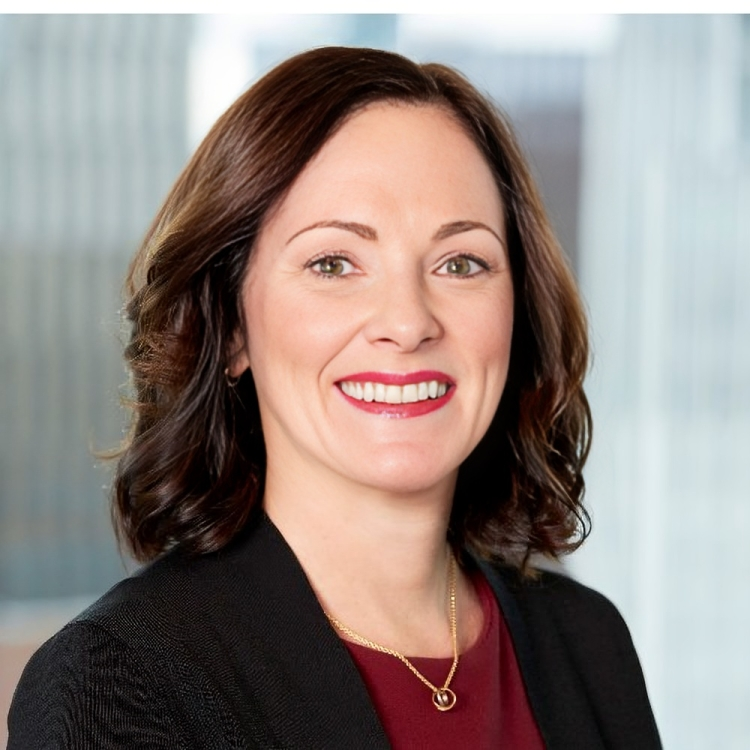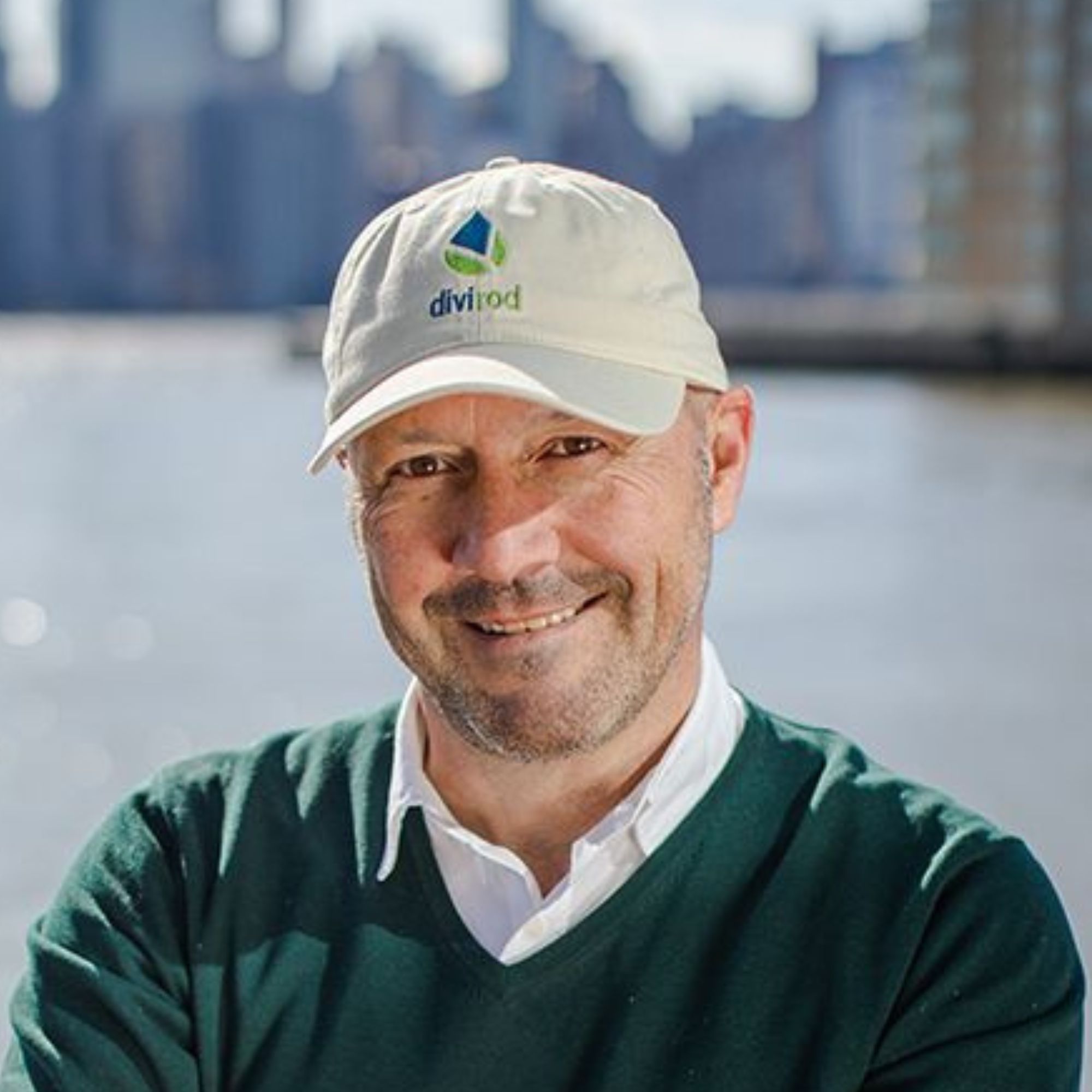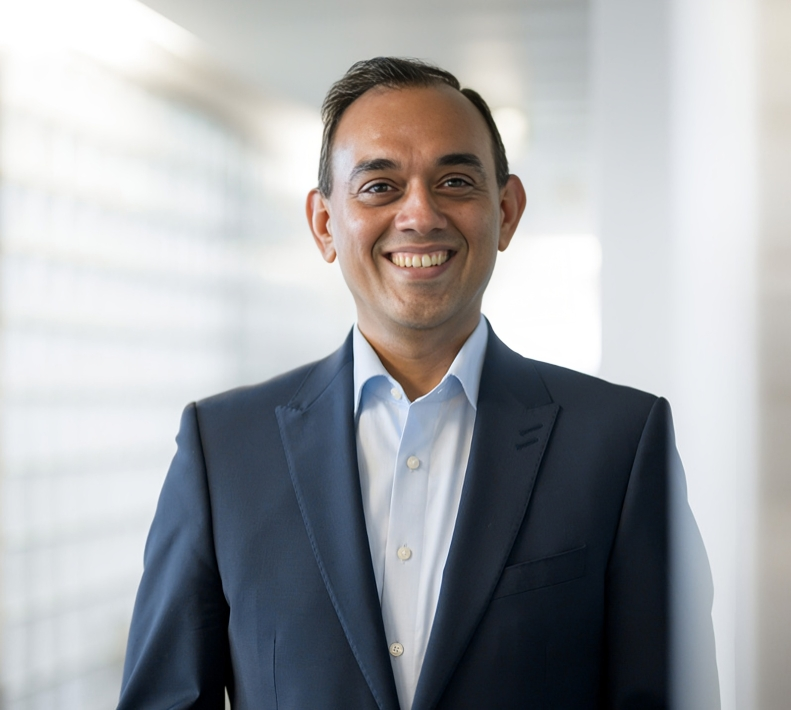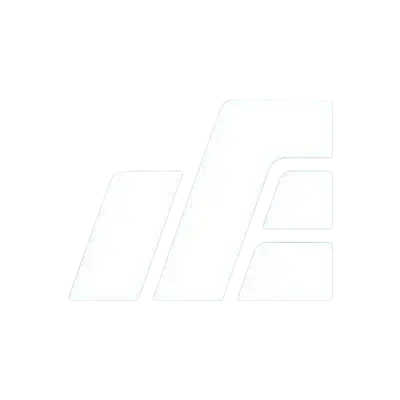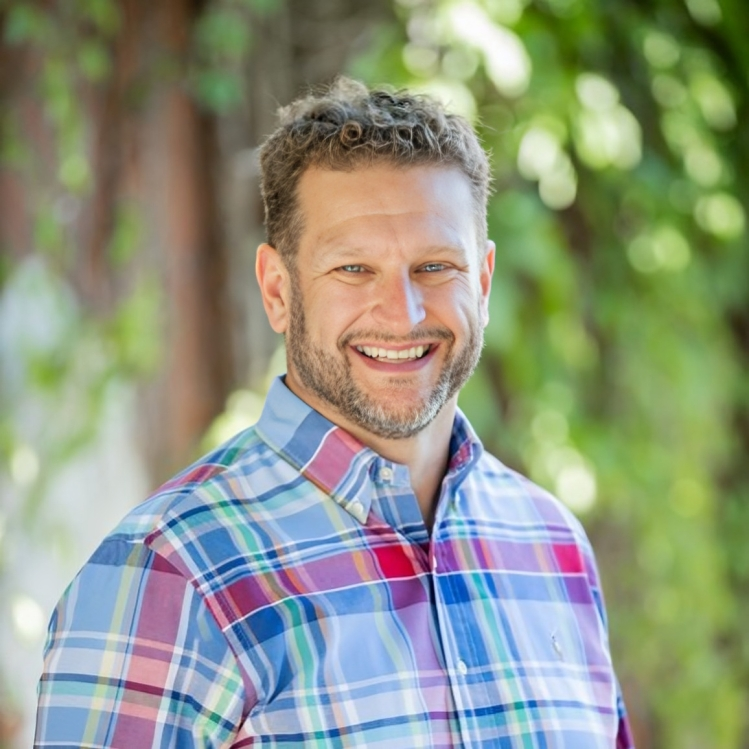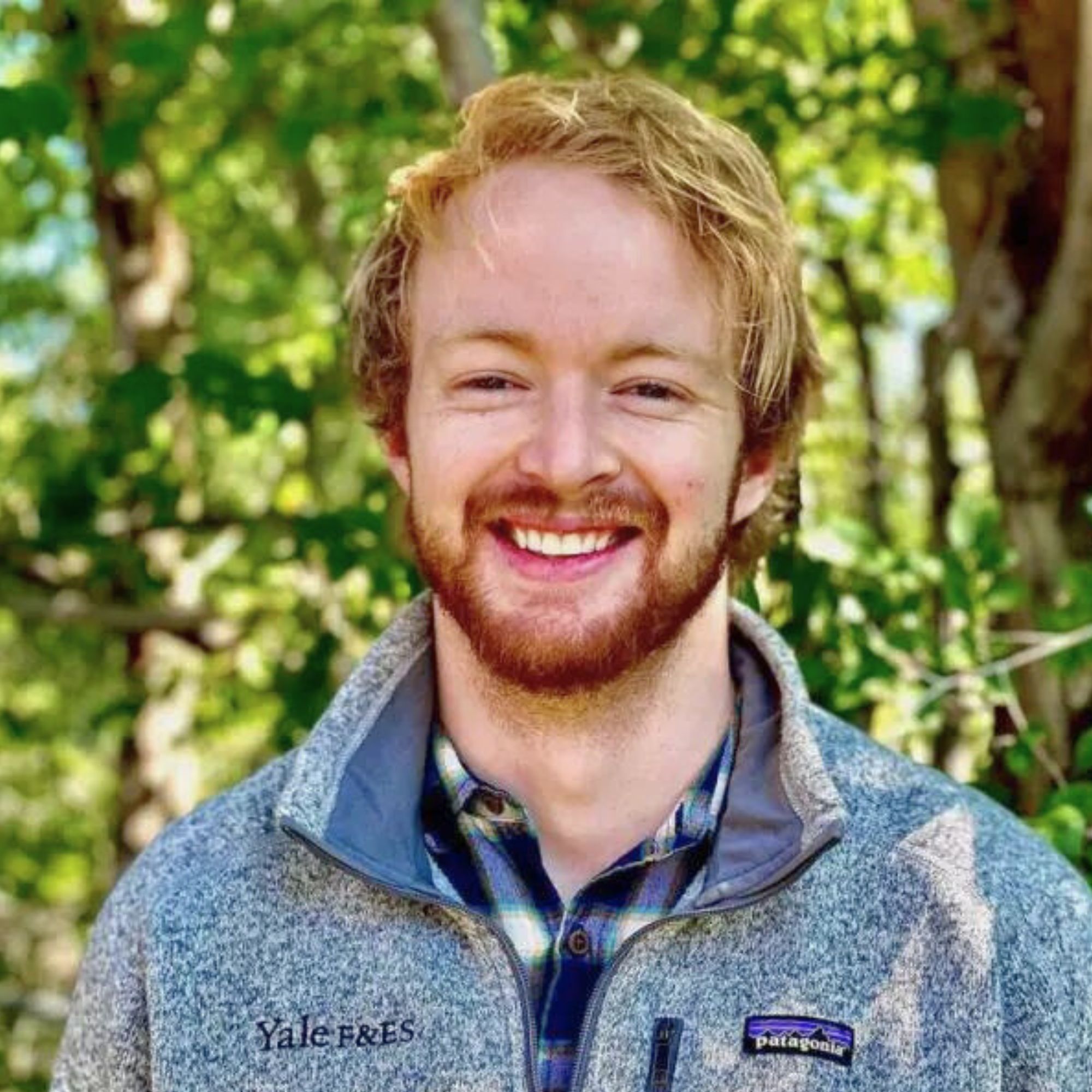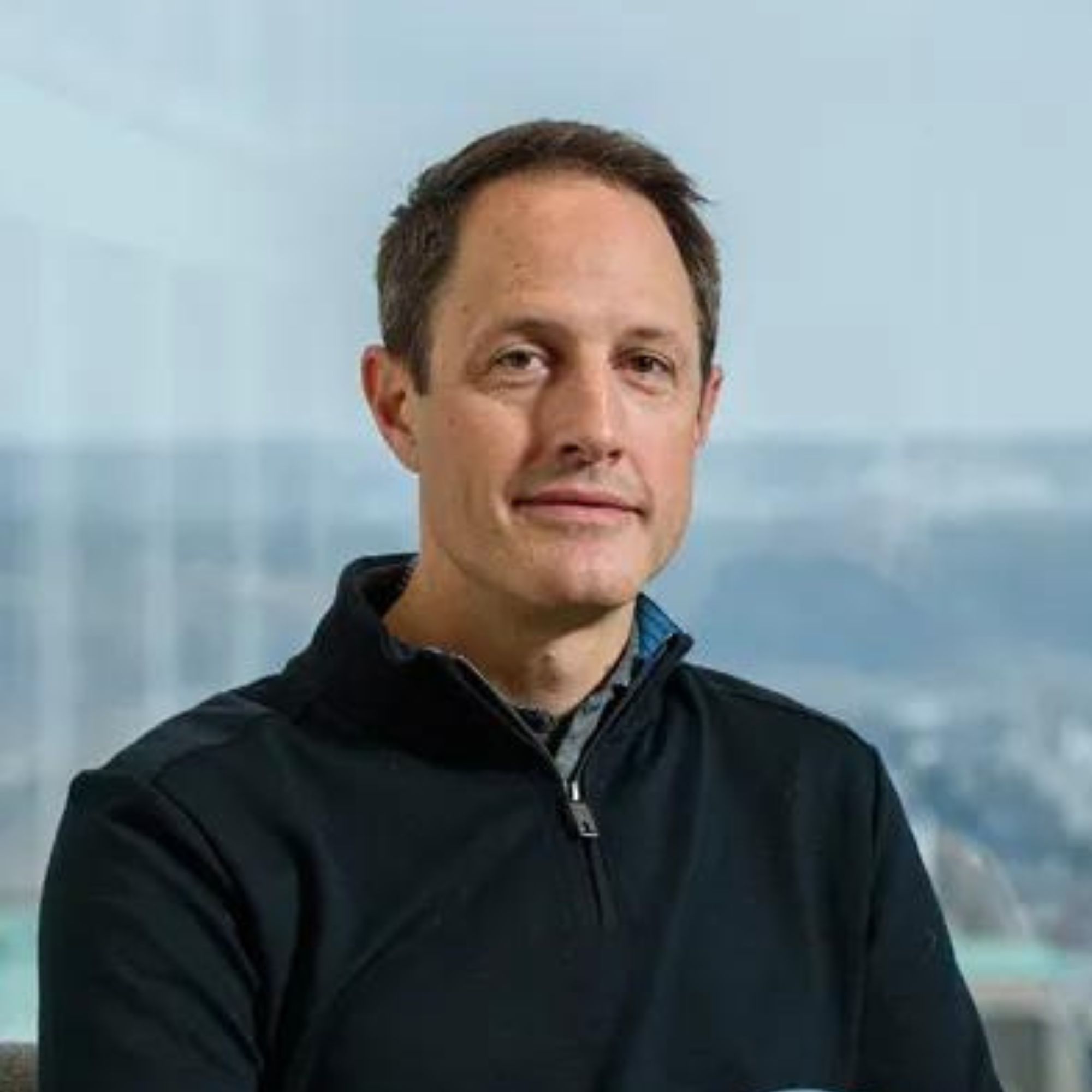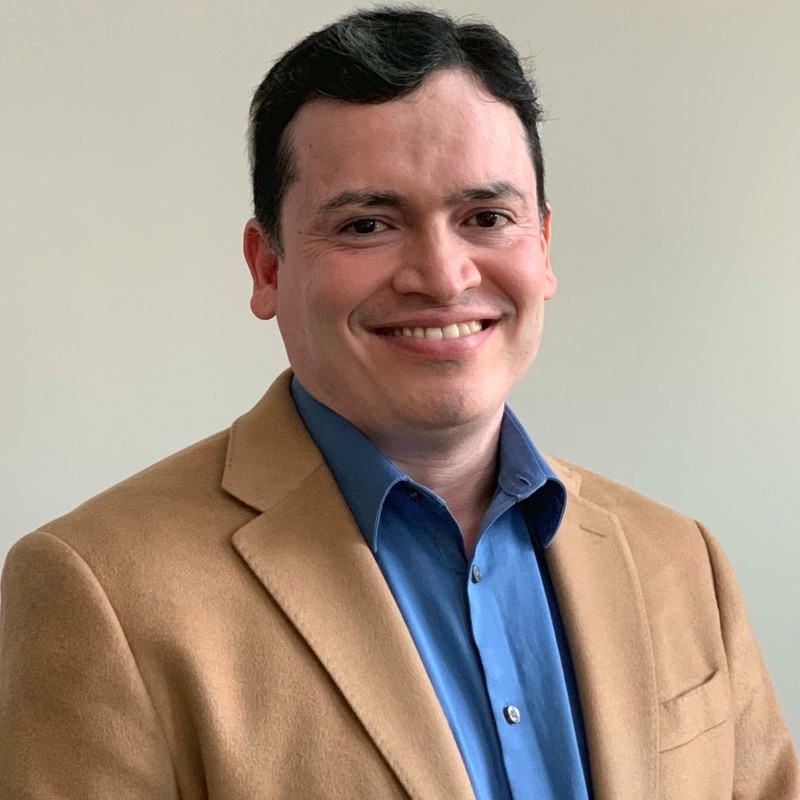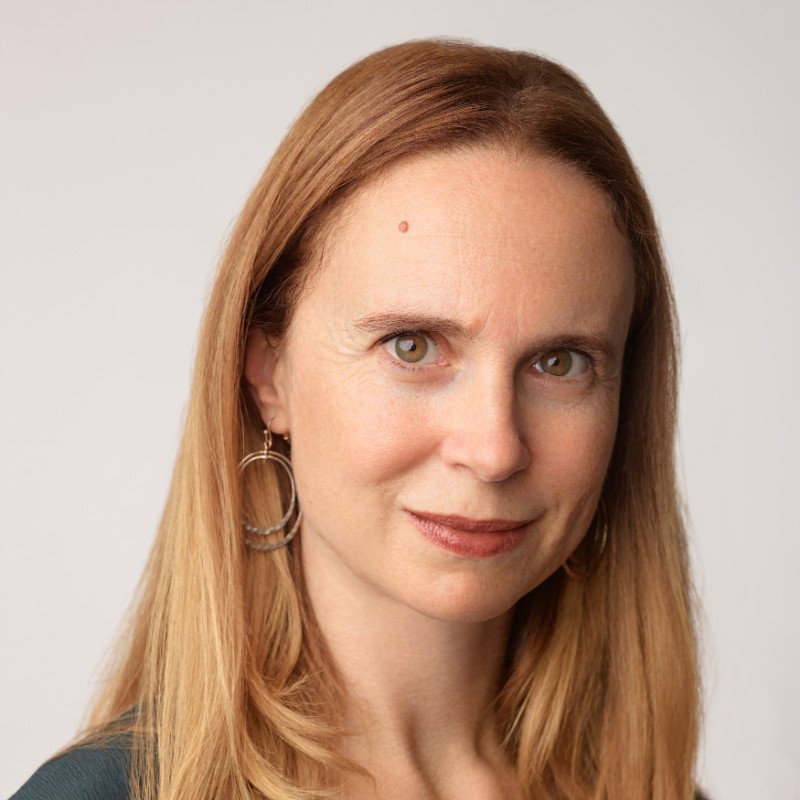Ready to build your own Founder-Led Growth engine? Book a Strategy Call
Frontlines.io | Where B2B Founders Talk GTM.
Strategic Communications Advisory For Visionary Founders
Actionable
Takeaways
Start with network advantages, then expand strategically:
Andre's team began in mining because they had a strong network of mining engineers from Queen's University, one of only two Canadian schools with mining engineering programs. However, they quickly discovered mining was 2-4 years behind other industries in decarbonization readiness. The lesson: leverage your network for initial traction, but don't let it constrain your market expansion. Use early success to identify industries that need your solution today, not in 2-4 years.
Build customers into your business from day one:
Invert's most important GTM decision was starting with customer input before building anything. Andre emphasized: "We don't build things that we want. We build our customers into our business. Whenever we're developing something new, we ask them for feedback. Sometimes we lock up the contract before we've actually developed the project or the product." This approach reduces market risk and ensures product-market fit from the outset.
Navigate complex markets with education-first marketing:
In markets where 75% of companies lack dedicated teams for due diligence, marketing must serve dual functions: education and simplification. Andre noted that carbon credits aren't fungible—buyers care about jurisdiction, social impact, biodiversity protection, and other project-specific attributes. Founders in complex B2B markets should design marketing to educate while simultaneously streamlining the buying process for overwhelmed buyers.
Pivot distribution strategy based on market liquidity:
Initially focused purely on direct B2B relationships, Invert learned that in markets with lower liquidity, partnering with brokers and traders accelerates growth. Andre explained: "Carbon credits is a 12-month at least buying cycle because it's annual, so it takes a lot of time. If you have a network of people who already have those relationships in place and they have buyers who are ready to buy, they can introduce you as a credible counterparty." When your sales cycles are long, leverage existing relationships rather than building everything from scratch.
Differentiate through execution, not just messaging:
As the carbon credit market matured, Andre observed that "everybody's talking about quality or high integrity. No longer is high integrity or quality just the differentiator." Invert's competitive advantage shifted to actual execution—developing projects, investing balance sheet capital, achieving cash flow positivity, and demonstrating results with large buyers. In maturing markets, operational excellence becomes the key differentiator when messaging parity emerges.
Conversation
Highlights
From Hurricane Trauma to Carbon Markets: How Invert Turned Personal Pain Into a $26M Climate Business
At four years old, Andre Fernandez discovered what tadpoles were in the worst possible way. Standing in his flooded Caribbean home with two inches of water covering everything, watching these strange creatures swim where his family’s belongings used to be, he asked himself a question that would shape his entire career: “What did I do to deserve this?”
Five years later, it happened again. Hurricane season had returned to Antigua, and once more, Andre lost his home. “I remember thinking to myself, what did Andre do? Like, what did I do wrong to be sort of feeling this trauma and all these traumatic events?” he recalls. That childhood experience of powerlessness against climate change became the driving force behind what would eventually become Invert, a carbon reduction and removal company that has raised $26 million in funding.
The Cottage Conversation That Started Everything
In a recent episode of Category Visionaries, Andre shared how personal trauma transformed into entrepreneurial opportunity through an unlikely series of events. After leaving Canopy Growth, where he helped scale the company to become the world’s largest cannabis company, Andre had planned to travel and decompress. Then COVID hit.
“The only thing I could really do was stay at home,” Andre explains. Instead of the planned world tour, he found himself in a villa in Antigua with two best friends: Oliver, who worked in corporate development at a mining company, and Reed, who was at Marsh, the world’s largest insurance broker.
During their daily conversations, the three friends connected dots that would reshape their careers. “We basically figured, look like we’re going to need mining, we’re going to need rare earth minerals, all these types of things for the green transition. So how can we help mining companies essentially decarbonize?” Andre recalls. “And how can we combine risk management solutions in the form of insurance to help accelerate that decarbonization?”
What started as casual conversation between friends quickly evolved into something more substantial. “Very quickly we pitched it to one of our first investors. And through this conversation we got our first customer,” Andre says. “Right around inception, we basically had customer number one who would be a large foundational customer.”
The Art of Building Before You’re Ready
Having a customer before you have a fully developed product sounds like every founder’s dream, but Andre discovered it’s also every founder’s nightmare. When asked to rate the intensity of delivering for that first customer on a scale of 1 to 10, Andre doesn’t hesitate: “Honestly, I would say it was a nine.”
“It wasn’t a 10 because we had done a lot of the work. We made sure that we had the connections. We talked to everybody that we were planning to work with, and we really did plan it out. But then, of course, when you go to do it for the first time, you’re going through the systems, right, that you’ve never really used, and you’re counting on people that you haven’t actually counted on before.”
The behind-the-scenes scramble was intense. “Working with partners in the industry that we’ve never worked with. So people who were outside of Invert, not clients, but suppliers… there were certain things that they said that they weren’t able to deliver or they weren’t able to deliver on time,” Andre explains.
Despite the chaos, they delivered on time and under budget. More importantly, their customer became “the first gold, you know, junior gold mining company to go carbon neutral, announced decarbonization plans, all these things, and they were able to attract incremental investment because of this sort of public announcement around being more green than other companies.”
The Network Advantage and Its Limitations
Invert’s initial focus on mining wasn’t arbitrary. “The reason why we started with mining is really because we had a strong mining engineering network,” Andre explains. “I went to Queen’s University in Canada for my undergrad, and it’s one of, I believe, two universities in Canada that have a mining engineering program. And so just by nature, we had a lot of friends or network of mining engineers.”
But network advantages can become strategic limitations. Through working with mining companies, Andre discovered a crucial insight: “Even though mining needs to decarbonize and all this sort of stuff, they were two to four years behind other industries.”
This realization triggered a fundamental shift in their go-to-market approach. “That learning led us to look and say, okay, who is actually leading or really looking for what we’re doing today? Right. Like, we don’t have to convince this industry that they need to do this thing or that they will need to do this thing in two years or four years or whatever it is, who needs this today?”
Mastering the Art of Strategic Rejection
The process of finding product-market fit beyond mining meant embracing rejection at an unprecedented scale. “This was the first time that I was getting told no so much and it was like, oh my God, I’ve never been told no this much,” Andre admits. “I mean, of course you get told no and you fail and all this sort of stuff, but you know, 99% of the time you’re getting told no.”
But those rejections contained valuable market intelligence. “The nos became less frequent and the yeses started to pick up and that’s how we could narrow in on what was going to be the vertical that we could focus on most and sort of not be as scattered as we was to begin with.”
Rethinking Distribution in Low-Liquidity Markets
One of Invert’s most significant strategic pivots involved their approach to distribution. Initially, the company pursued a purely direct B2B sales model. “Originally we thought we wanted to only be a B2B business or a B2B sales for carbon credit business. And we thought that by owning those relationships we would strategically win,” Andre explains.
But they discovered that in markets with limited liquidity, pure direct sales isn’t optimal. “What we learned is in this market, specifically where liquidity isn’t as high as other markets, it’s good to have other partners selling for you and with you,” he says.
The shift made strategic sense given the nature of their market. “Carbon Credits is a 12 month at least buying cycle because it’s annual and so it takes a lot of time, you got to build relationships and then you buy. And so it’s really long sales cycles.” By partnering with brokers and traders who already had established relationships, they could “just accelerate that commercialization.”
Customer-Centric Product Development
Perhaps Invert’s most important go-to-market decision was what Andre describes as “starting with the customer.” This isn’t typical founder lip service to customer centricity—it’s a fundamental operational philosophy.
“We don’t build things that we want,” Andre states. “Genuinely, we build our customers into our business. And so whenever we’re developing something new, we ask them, right, like for feedback. Is this something that you want? Is this something that you will pay for? Will you buy it today? And sometimes I do. And sometimes we lock up the contract before we’ve actually developed the project or the product.”
This approach requires courage. “The best thing that we’ve ever done is starting with the customer and then working backwards, which is scary at times because sometimes you feel like you need to have a thing before you can tell a thing,” Andre admits.
Navigating Market Complexity Through Education
The carbon credit market presents unique challenges that traditional B2B companies don’t face. Unlike software licenses or standard commodities, carbon credits aren’t fungible. “Customers really care about the attributes of each carbon credit or each carbon credit project,” Andre explains. “They care about the jurisdiction, they care about the social development that project actually helps achieve for the community. They care about the biodiversity that it protects.”
This complexity is compounded by a lack of internal expertise among buyers. “It’s about 75% of companies don’t have a dedicated person or team to do diligence on the product that they’re buying,” Andre reveals. “So you have this fairly complex and detailed product that they want to buy, but they don’t necessarily have the team to do the due diligence on that product itself.”
Invert’s marketing function addresses this gap by serving dual purposes: education and simplification. “The marketing function really needs to serve as an educational tool, but also a tool for simplification so that buyers can look at it and say, hey, look like I don’t have a team that can do all this due diligence, but me, the buyer, myself, I could look at this and say, okay, great, this is a good project.”
Competing Through Execution When Messaging Reaches Parity
As the carbon credit market has matured, Invert has had to evolve their competitive positioning. “When we started Invert, there were a lot of, let’s say, negative headlines around carbon credits. And so that was the reason, or the founding reason for invert. And so we wanted to squarely focus on quality and deliver quality,” Andre explains.
But quality messaging became commoditized. “Everybody’s talking about quality or high integrity. Everybody’s saying that they’re doing that, right? And so no longer is high integrity or quality, just the differentiator.”
Invert’s response was to compete on execution rather than positioning. “The difference between us and, you know, maybe some others in the market is that we’re actually executing, we’re actually doing the things that we said we would,” Andre says. “We’re developing these projects, we’re investing capital from our balance sheet and from our investors, and we’re actually seeing great return, we’re cash flow positive.”
Building Nature as an Asset Class
Looking toward the future, Andre’s vision extends far beyond carbon credits. “We want to be able to say that we helped assign a value to nature and built nature as an asset class,” he explains. “So can companies actually put nature on their balance sheet and can it be an accretive investment or is their balance sheet going to grow because they’re investing in nature?”
This ambitious vision reflects the scale of opportunity Andre sees. “The world is building $150 trillion of new energy assets,” he notes, and Invert positions itself to help organizations navigate this massive transition while creating measurable environmental impact.
Despite the magnitude of the challenge—and the personal trauma that initiated his journey—Andre maintains hope. “If everybody tries their best, we can get there. And we need to help those who need the help. So, yeah, hard, but definitely possible.”
From tadpoles swimming through a flooded childhood home to building a $26 million company that helps put nature on corporate balance sheets, Andre’s journey demonstrates how founders can transform personal pain into market opportunity—and how the most successful go-to-market strategies often emerge from the deepest understanding of customer needs.

